7 Tips On How To Stay Warm While Skiing
POSTED:
At VIP SKI, we create unforgettable chalet holidays in the finest French resorts. Our dedicated team knows what makes the ultimate ski holiday. We don’t just arrange ski trips; we craft memories that last a lifetime.
_w=888_h=764_pjpg.jpg?v=202403110927)
With our chalets and hotel averaging 1807m, and many above 1850m - including one at a breath-taking 2150m - you’ll have peace of mind knowing you're at the heart of snow-rich terrain, perfect for Christmas, Easter, and beyond.
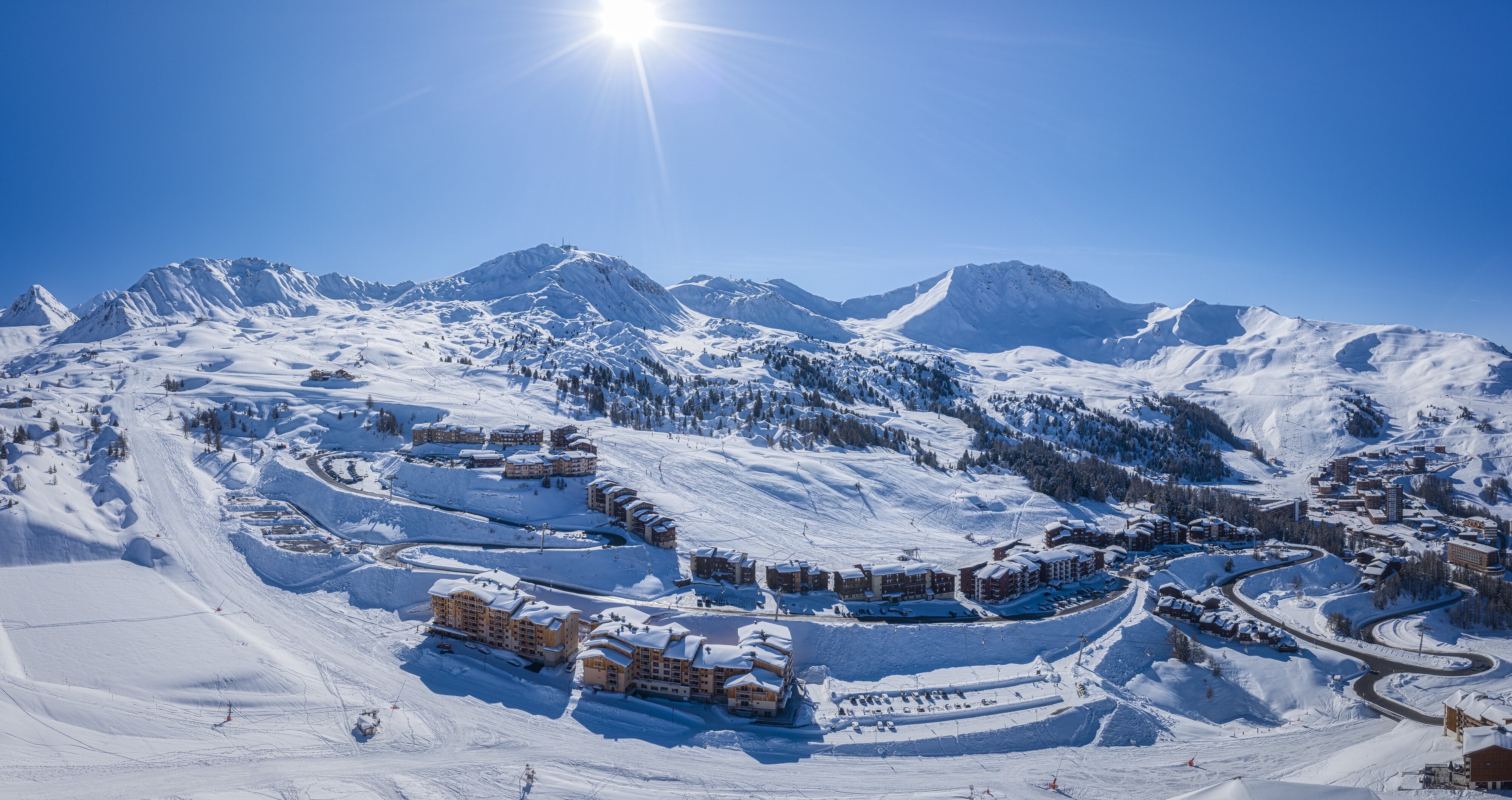_w=888_h=764_pjpg.jpg?v=202403110927)
From plush sofas to private hot tubs and indoor pools, our chalets are designed for ultimate comfort. Enjoy unbeatable access to the slopes and exceptional service, no matter where you stay.
_w=888_h=764_pjpg.jpg?v=202403110927)
At VIP SKI, exceptional customer service is our hallmark, with an unwavering focus on the little things that make a big difference. It’s these thoughtful touches and little luxuries that make your experience truly unforgettable.
_w=888_h=764_pjpg.jpg?v=202403110927)
Our Executive Chef crafts menus that fuel mountain adventures with hearty yet light meals, leaving you satisfied without feeling stuffed. With friendly, unflappable chalet hosts and exceptional food and wine, you’ll enjoy a culinary experience that perfectly complements your alpine escape.
_w=888_h=764_pjpg.jpg?v=202403110927)
While skiing has evolved since 1767, we've been welcoming guests to the mountains for just 30 years, and we're fully aware of our responsibility to protect them for future generations.
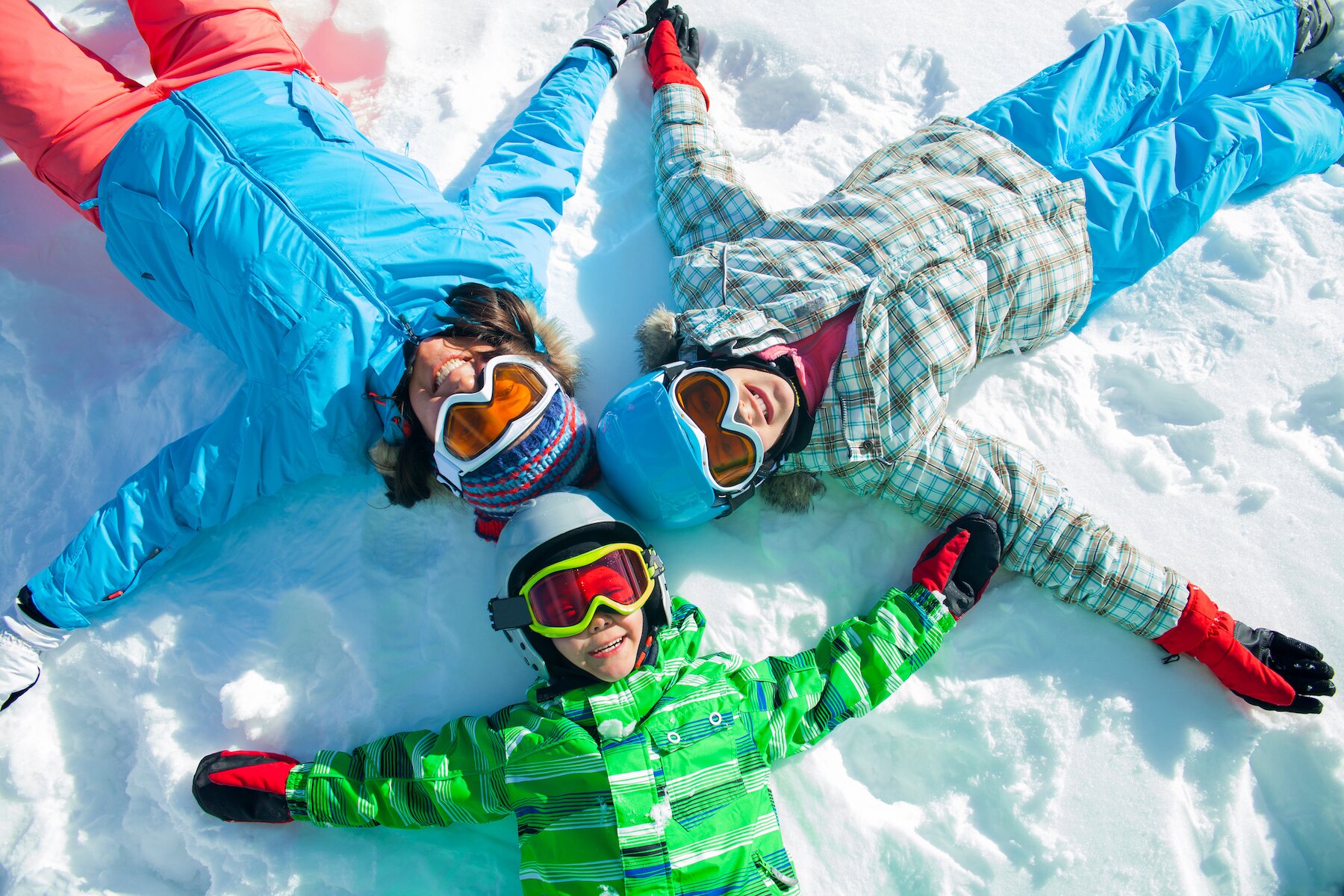_w=888_h=764_pjpg.jpg?v=202403110927)
Our whole team is dedicated to delivering exceptional experiences. We genuinely care for our guests, treating them with the same attention and respect we’d wish for ourselves, this isn’t just a cliché, it’s our commitment.
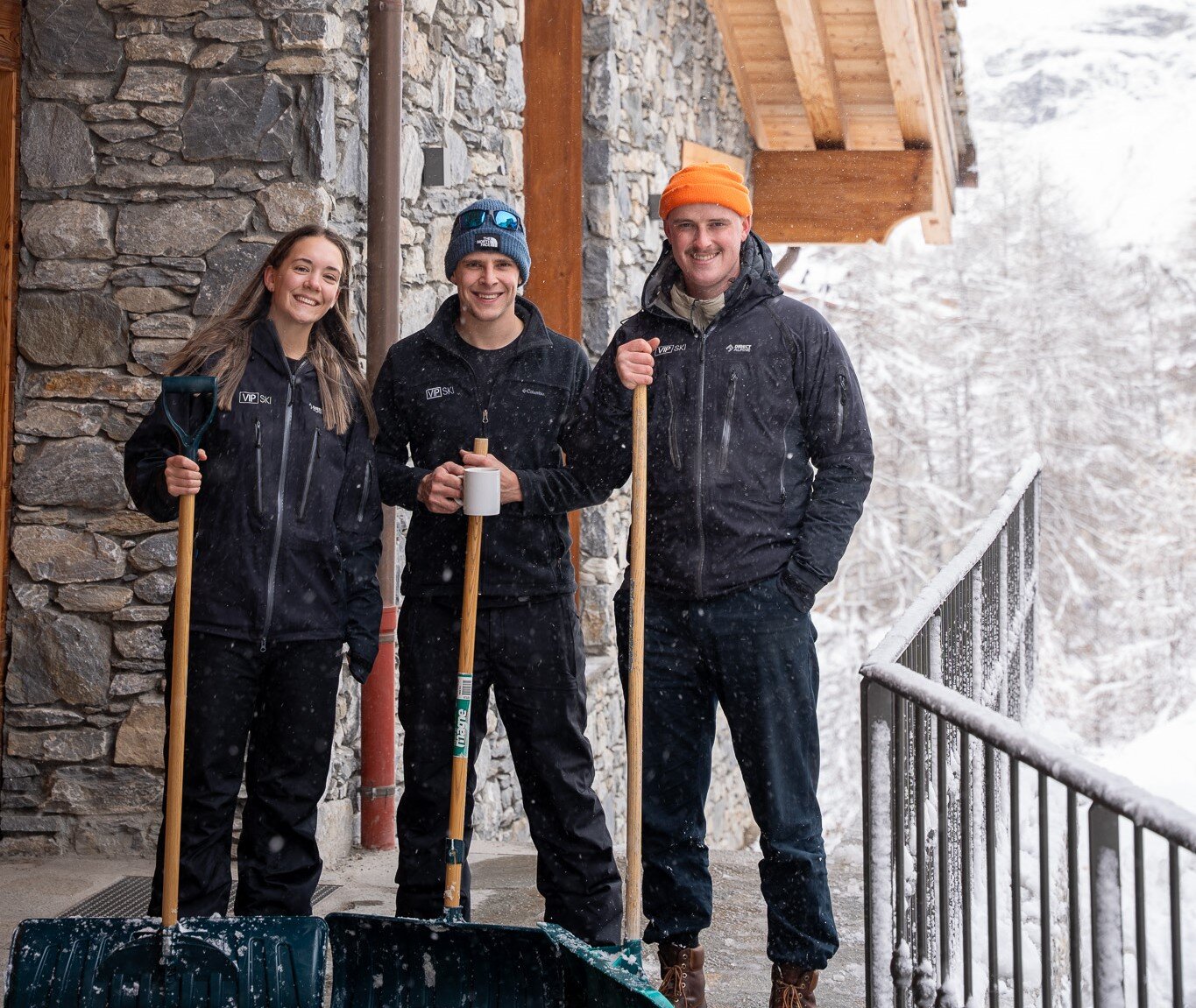_w=888_h=764_pjpg.jpg?v=202403110927)
VIP SKI began in 1989 in founder Andy's parents' living room, armed with a typewriter, fax machine, and a passion for the Alps. Over three decades, VIP SKI has grown into a passionate team, committed to deliver outstanding ski holidays in the Alps.
_w=888_h=764_pjpg.jpg?v=202403110927)
Avoriaz is a distinctive ski resort in the French Alps, known for its car-free, ski-in/ski-out layout and unique, modern architecture that blends into the mountain landscape.
Located in the Portes du Soleil ski area, one of the world’s largest ski networks, it offers access to over 600 km of slopes across France and Switzerland, catering to all skill levels.
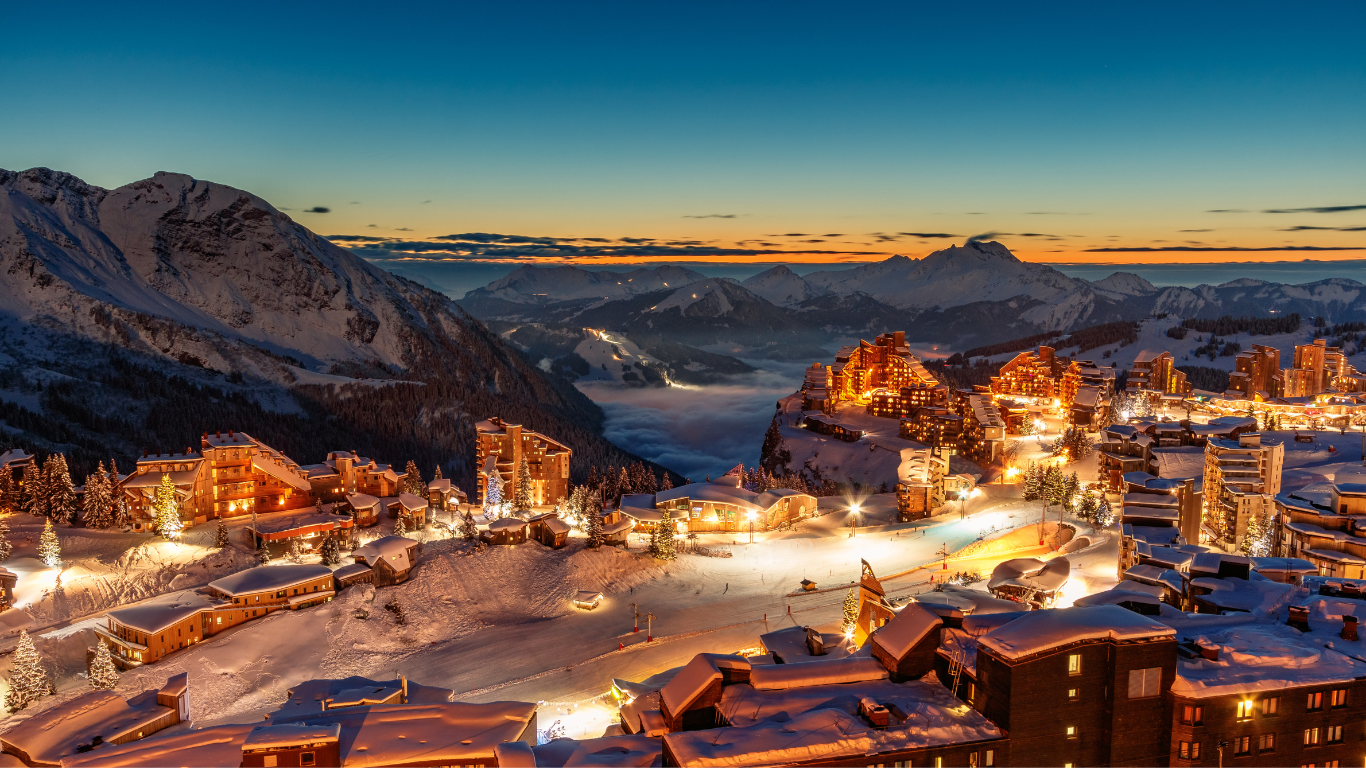_w=888_h=764.png?v=202403110927)
Les Arcs is a versatile French ski resort in the Paradiski area, known for its diverse terrain and breath-taking views of Mont Blanc. With over 425 km of slopes across interconnected resorts, it offers options for all skill levels, from gentle beginner areas to thrilling off-piste runs and challenging descents like the famous Aiguille Rouge.
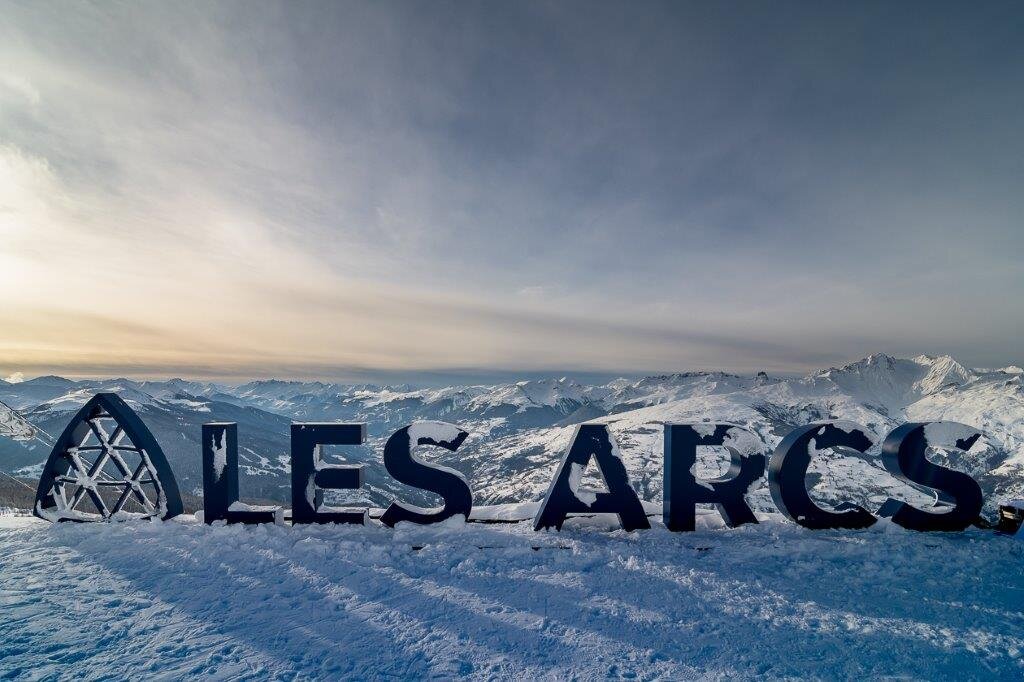_w=888_h=764_pjpg.jpg?v=202403110927)
Val d'Isère is a French ski resort renowned for its challenging terrain, vibrant après-ski, and world-class facilities. The high altitude ensures excellent snow conditions and the charming village combines traditional alpine architecture with a lively nightlife.
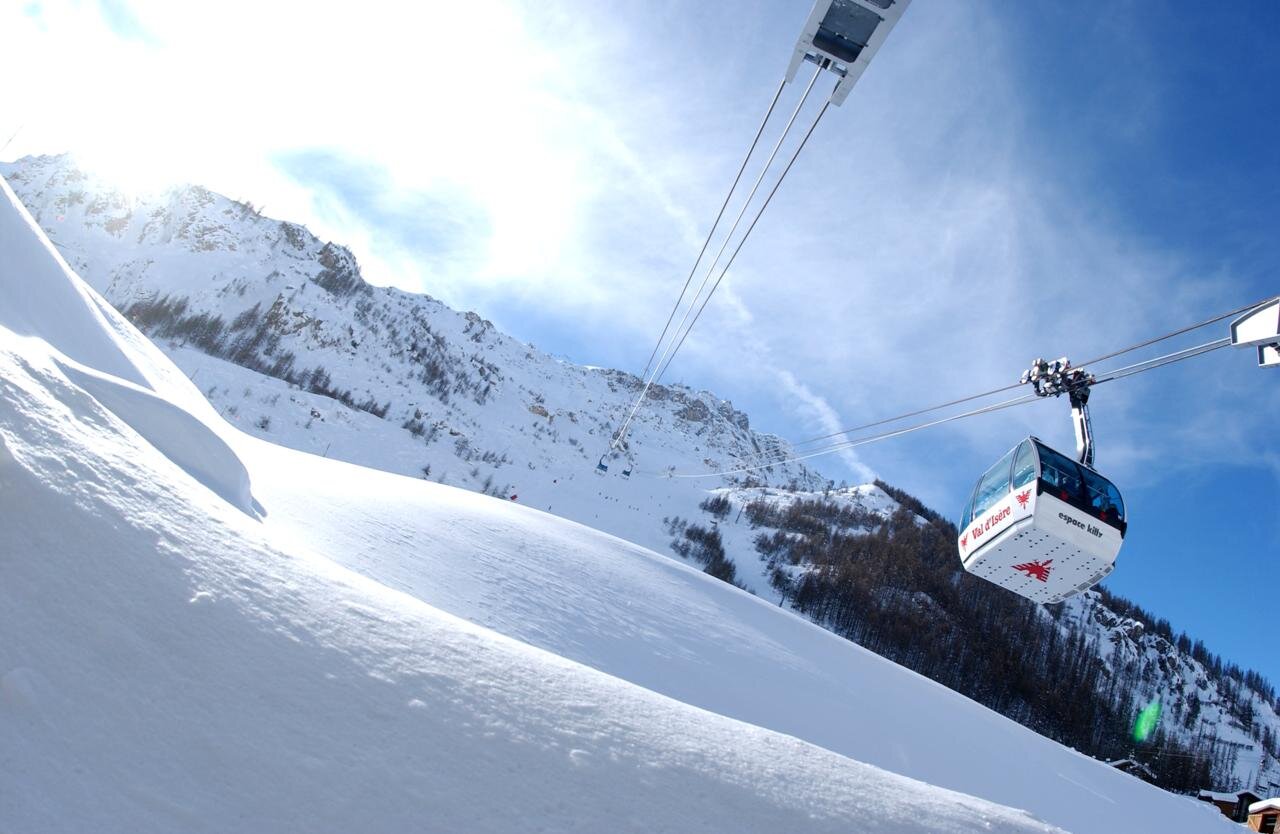_w=888_h=764_pjpg.jpg?v=202403110927)
We’re thrilled to be back in La Plagne, a high-altitude, snow-sure resort perfect for all abilities. With easy beginner access and vast Paradiski terrain for experts, we’re confident in delivering an exceptional experience at the heart of France’s finest skiing.
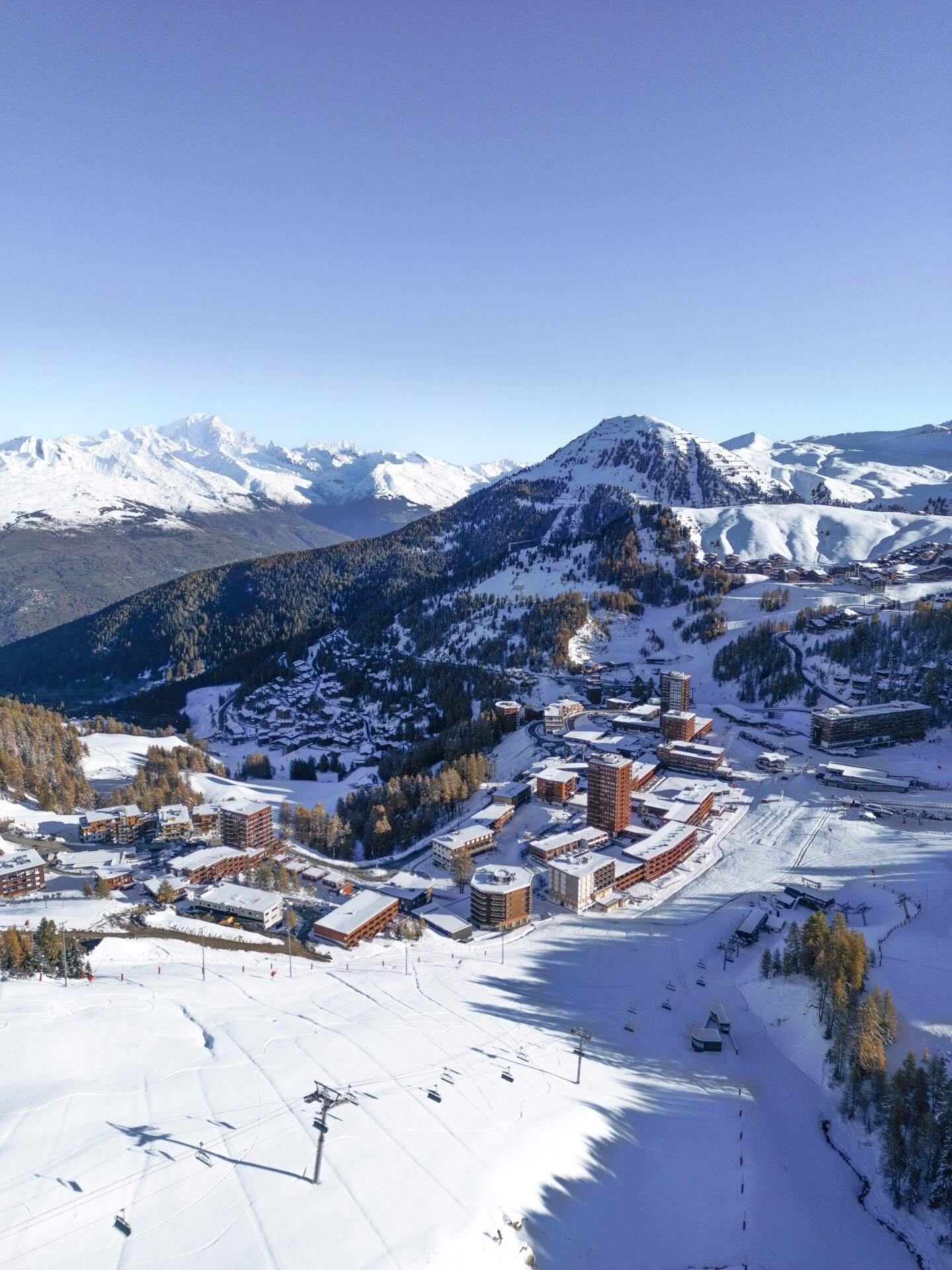_w=888_h=764_pjpg.jpg?v=202403110927)
Our seven luxury ski chalets in Avoriaz offer the perfect base to explore the vast, snow-sure Portes du Soleil region. Boasting unbeatable piste-side locations, dedicated chalet staff, cosy log fires, and breath-taking mountain views - we'll create an experience that’s truly unmatched in Avoriaz.
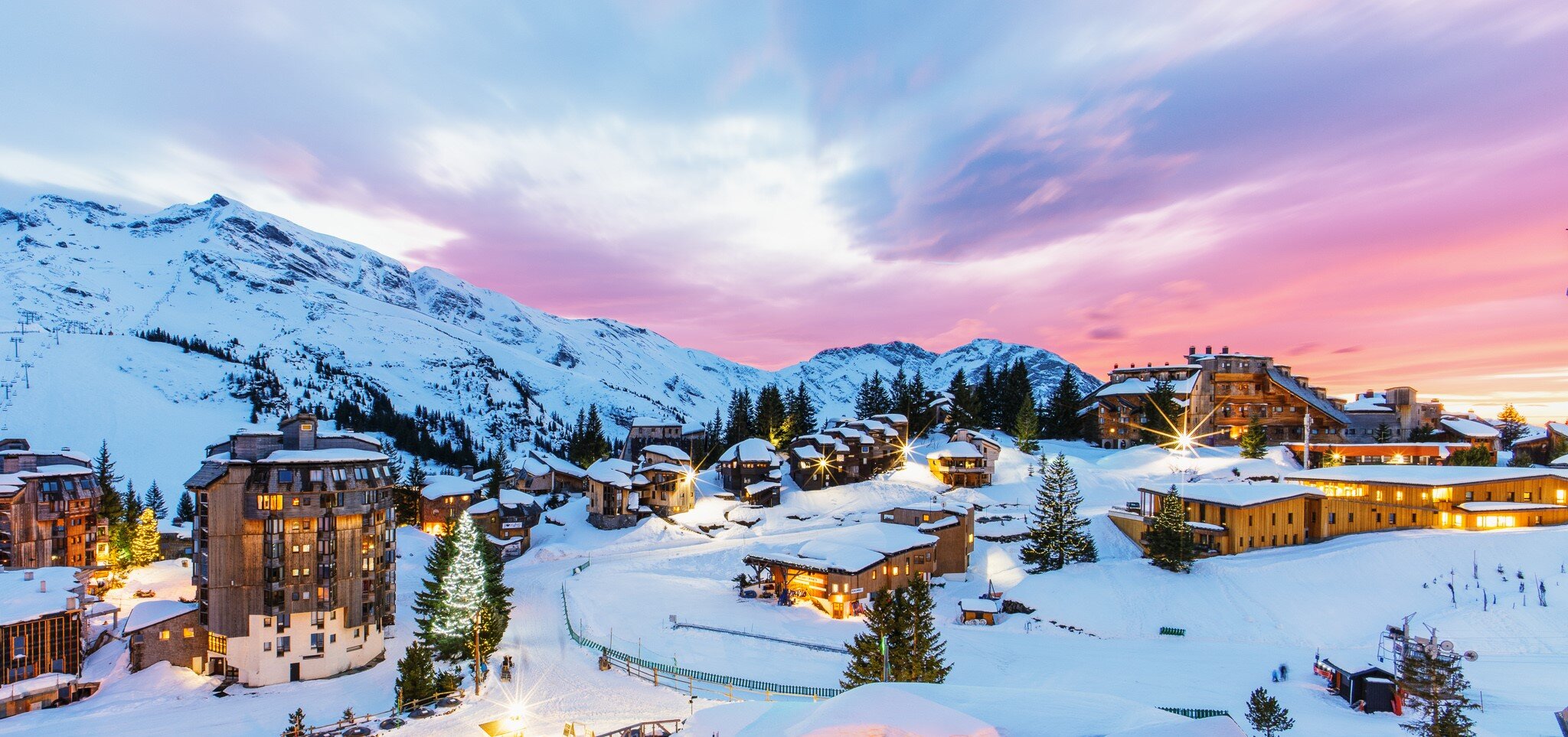_w=888_h=382_pjpg.jpg?v=202403110927)
_w=888_h=382_pjpg.jpg?v=202403110927)
Our chalets and hotel at Bear Lodge, Arc 1950 offer a stunning blend of high-altitude skiing, sleek design, and unbeatable convenience in one of France’s top snow-sure resorts. Bear Lodge is the result of seven years design, crafted for the ultimate ski experience with piste-side access, chic interiors and mouth-watering dining.
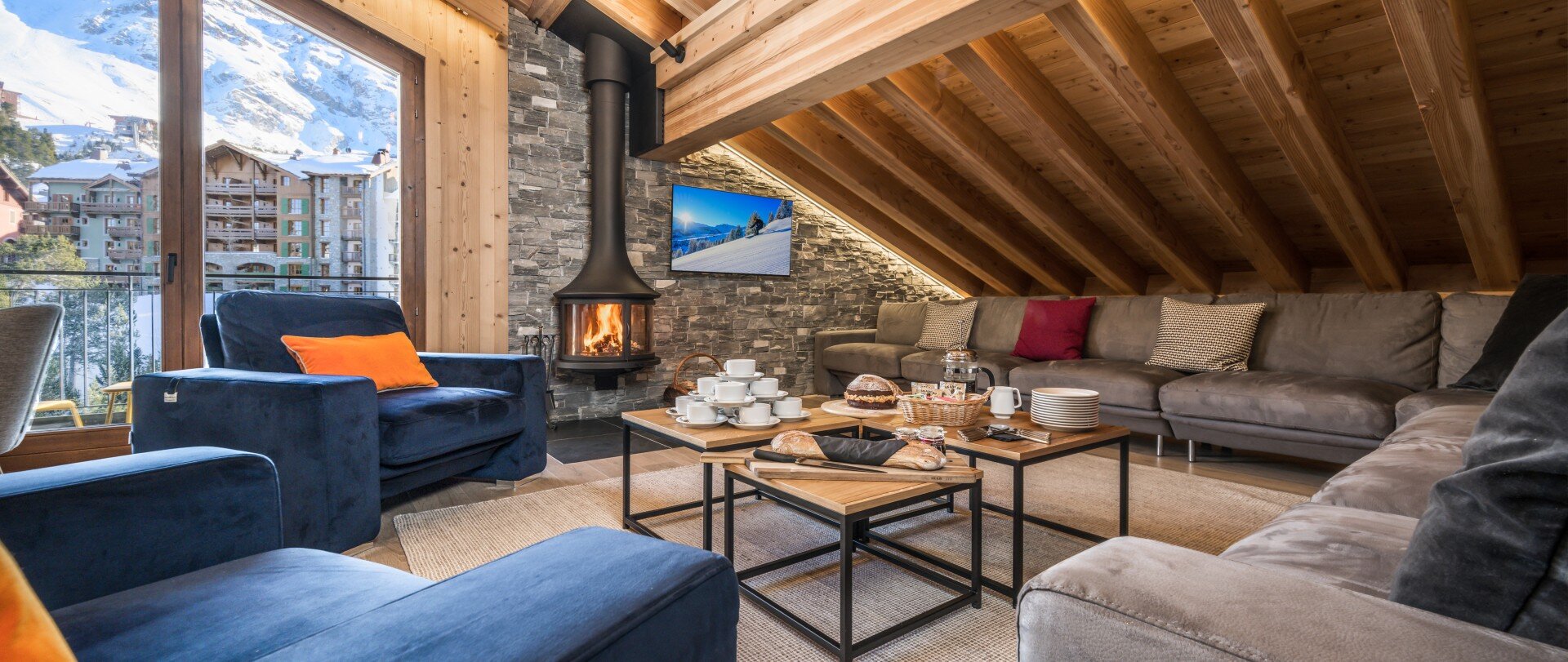_w=888_h=382_pjpg.jpg?v=202403110927)
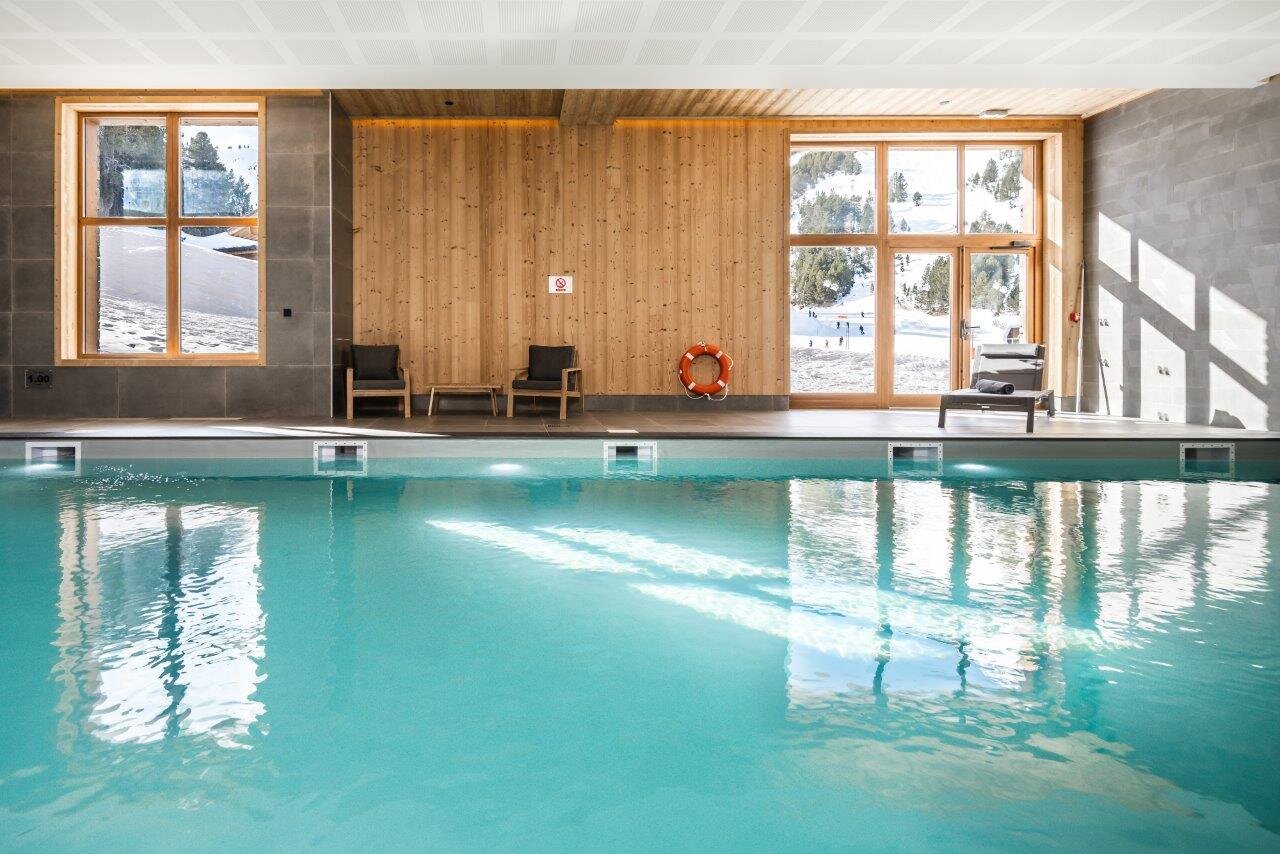_w=888_h=382_pjpg.jpg?v=202403110927)
With over 30 years in Val d'Isère, we have 17 luxurious chalets in prime locations, complete with VIP SKI service, talented hosts, and a champagne welcome for an unforgettable stay.
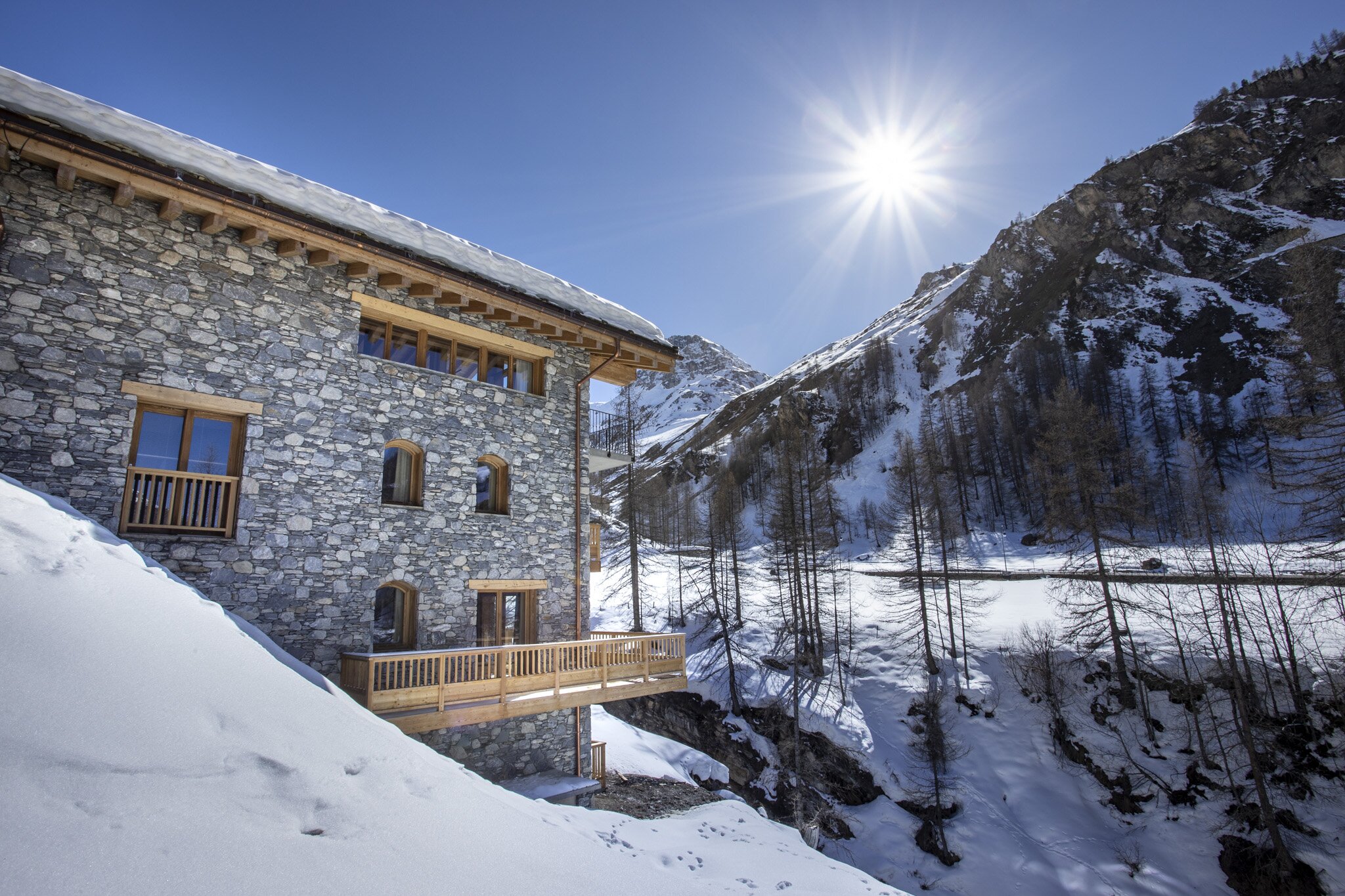_w=888_h=382_pjpg.jpg?v=202403110927)
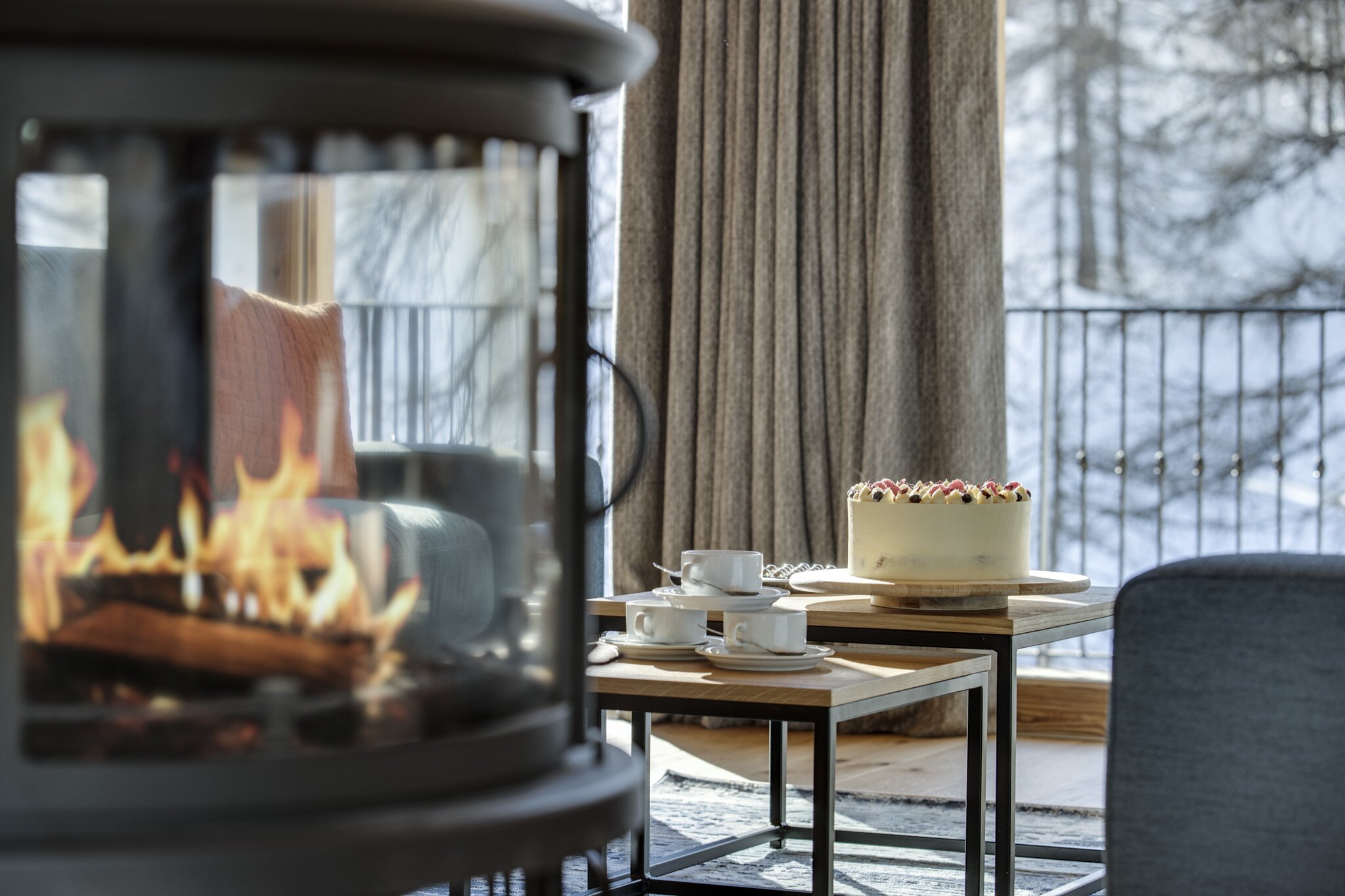_w=888_h=382_pjpg.jpg?v=202403110927)
Opening in December 2025, the Graciosa offers ski-in/ski-out luxury at 2003m in Plagne Centre. With 16 suites, private hot tubs, a bar, ski hire, and VIP SKI childcare, it’s the ultimate snow-sure retreat for unforgettable holidays.
_w=888_h=382_pjpg.jpg?v=202403110927)
_w=888_h=382_pjpg.jpg?v=202403110927)
Quieter slopes and great snow in early December, or festive charm with après-ski, fireworks, and seasonal magic during Christmas and New Year.
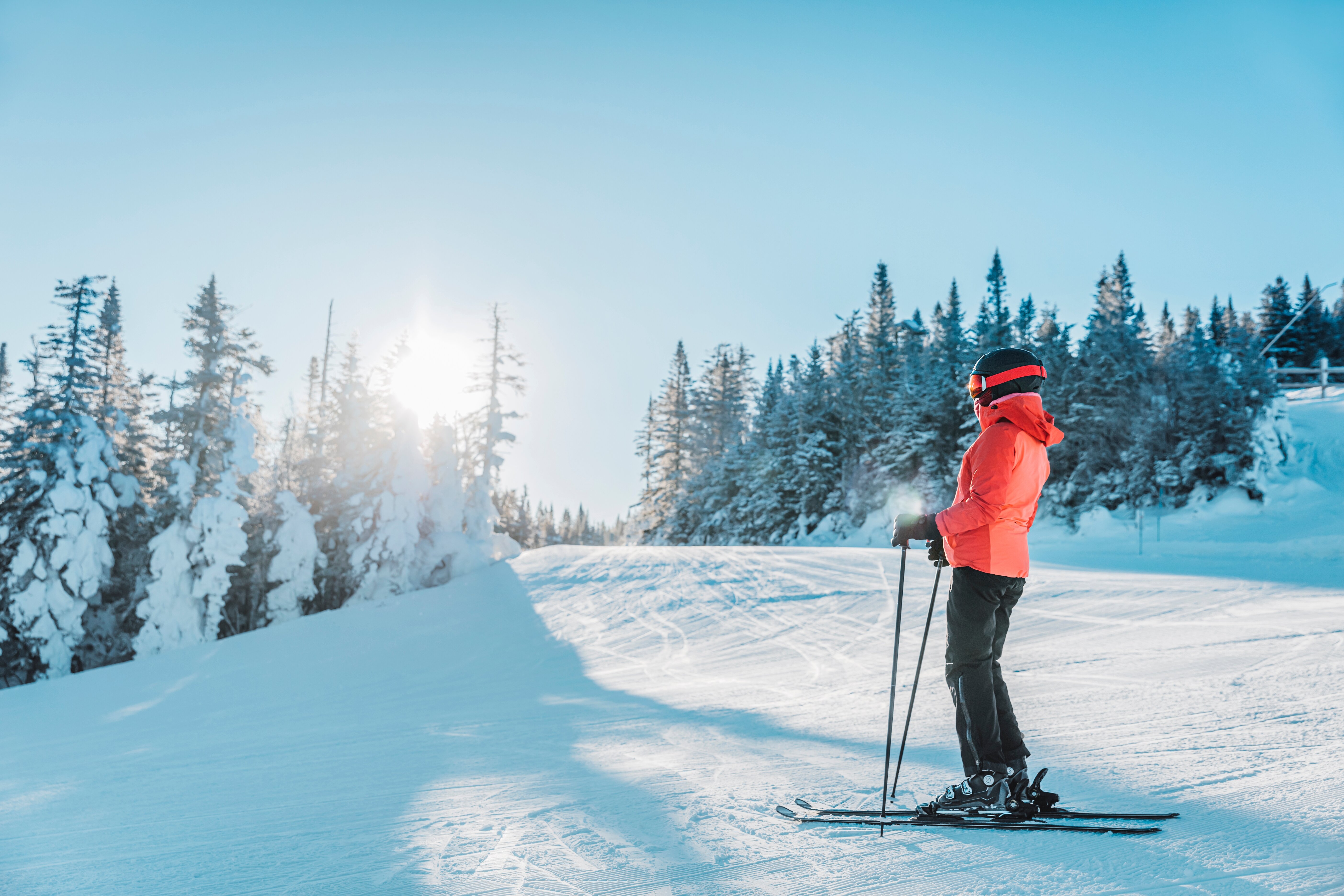_w=888_h=334_pjpg.jpg?v=202403110927)
Loft 1 Aspen House in the heart of Val d'Isère is a cosy penthouse for six, with a vaulted ceiling, open-plan living, log fire, balcony, and panoramic views.
_w=888_h=334_pjpg.jpg?v=202403110927)
For a perfect blend of festive cheer and relaxation, with no expectations, just a memorable experience tailored to you.
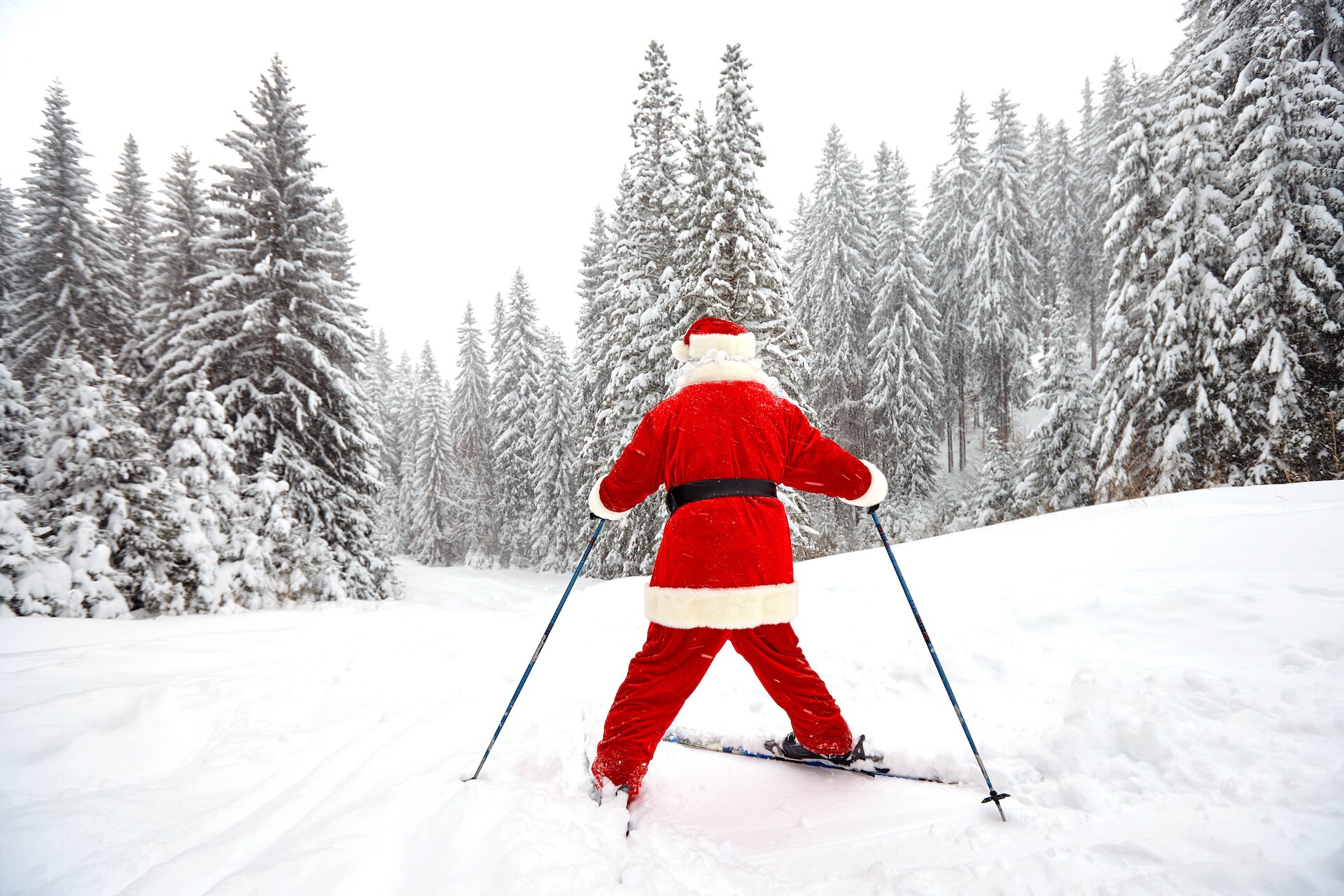_w=888_h=334_pjpg.jpg?v=202403110927)
Chalet Kipnuk in Avoriaz, sleeps 6-8 guests and boasts valley views, an open-plan living area, a private indoor hot tub, and a cosy log fire.
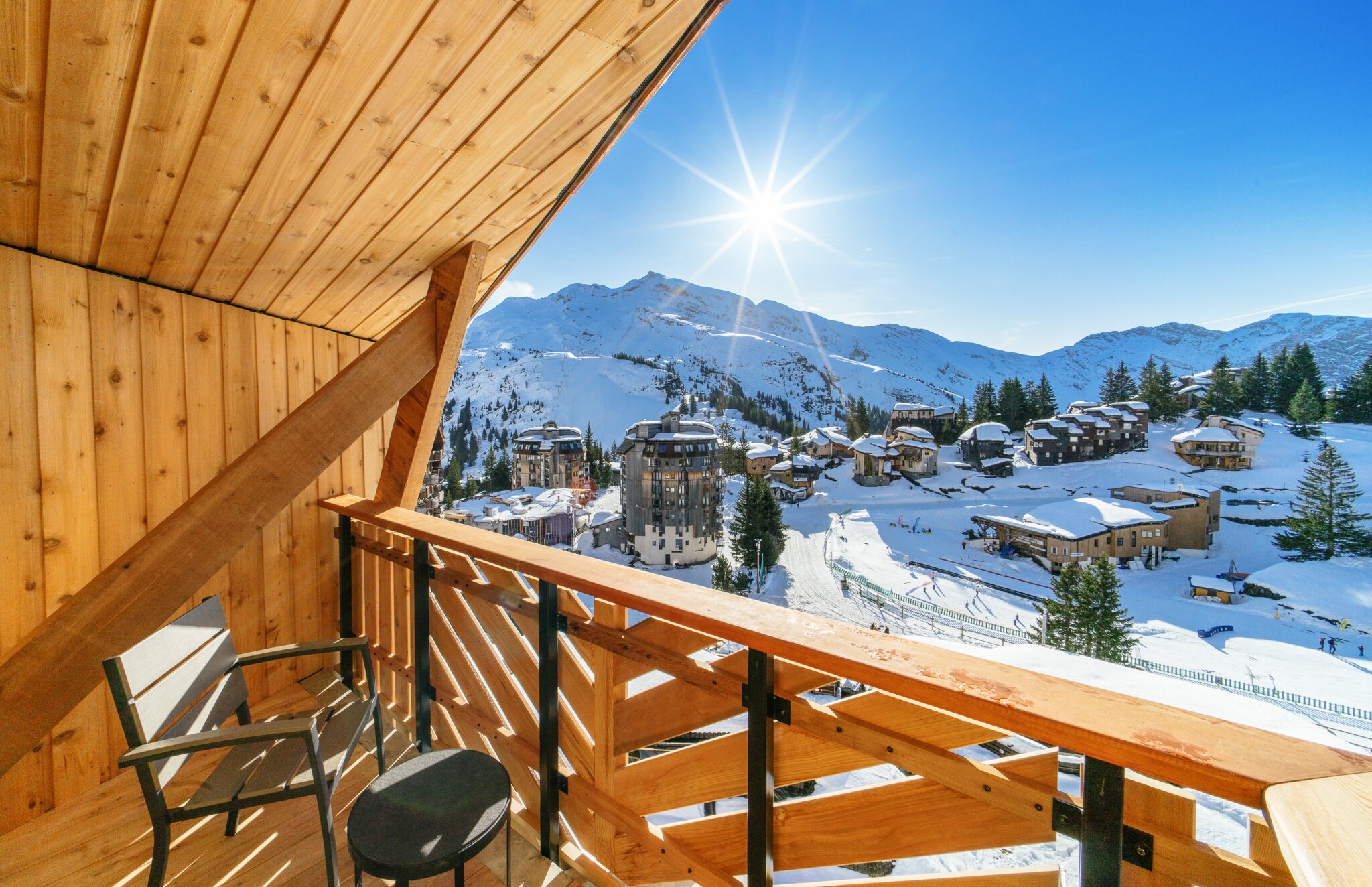_w=888_h=334_pjpg.jpg?v=202403110927)
Celebrate the New Year in the Alps, where stunning mountain views, festive cheer, and unforgettable experiences await.
_w=888_h=334_pjpg.jpg?v=202403110927)
Bear Lodge has it all for the perfect ski holiday: high altitude, a piste-side location, pool, spa, cinema room, complimentary ski guiding and 7 nights catering.
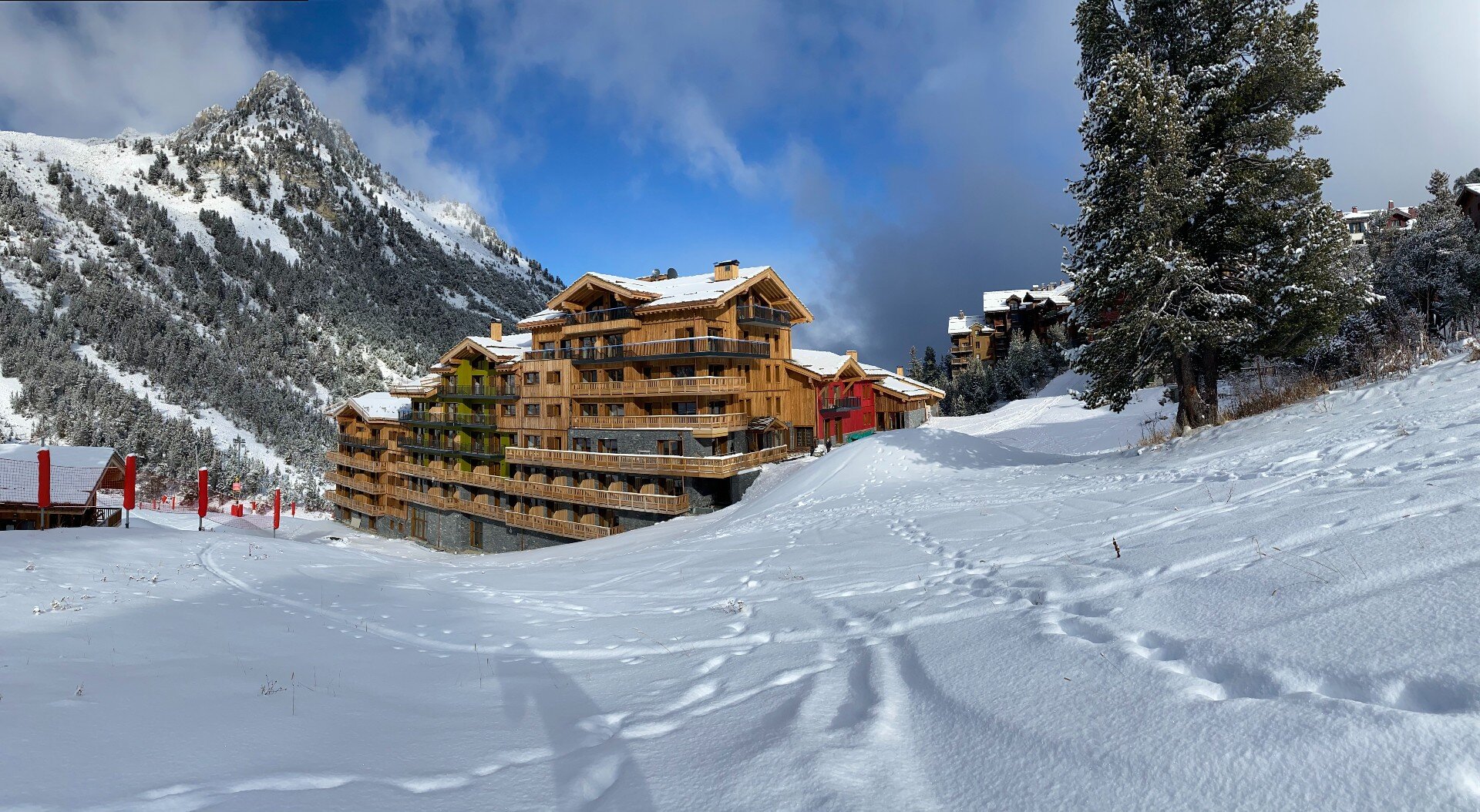_w=888_h=334_pjpg.jpg?v=202403110927)
January offers quieter slopes, guaranteed snow, and great deals, making it the perfect time for a serene, snow-filled ski holiday.
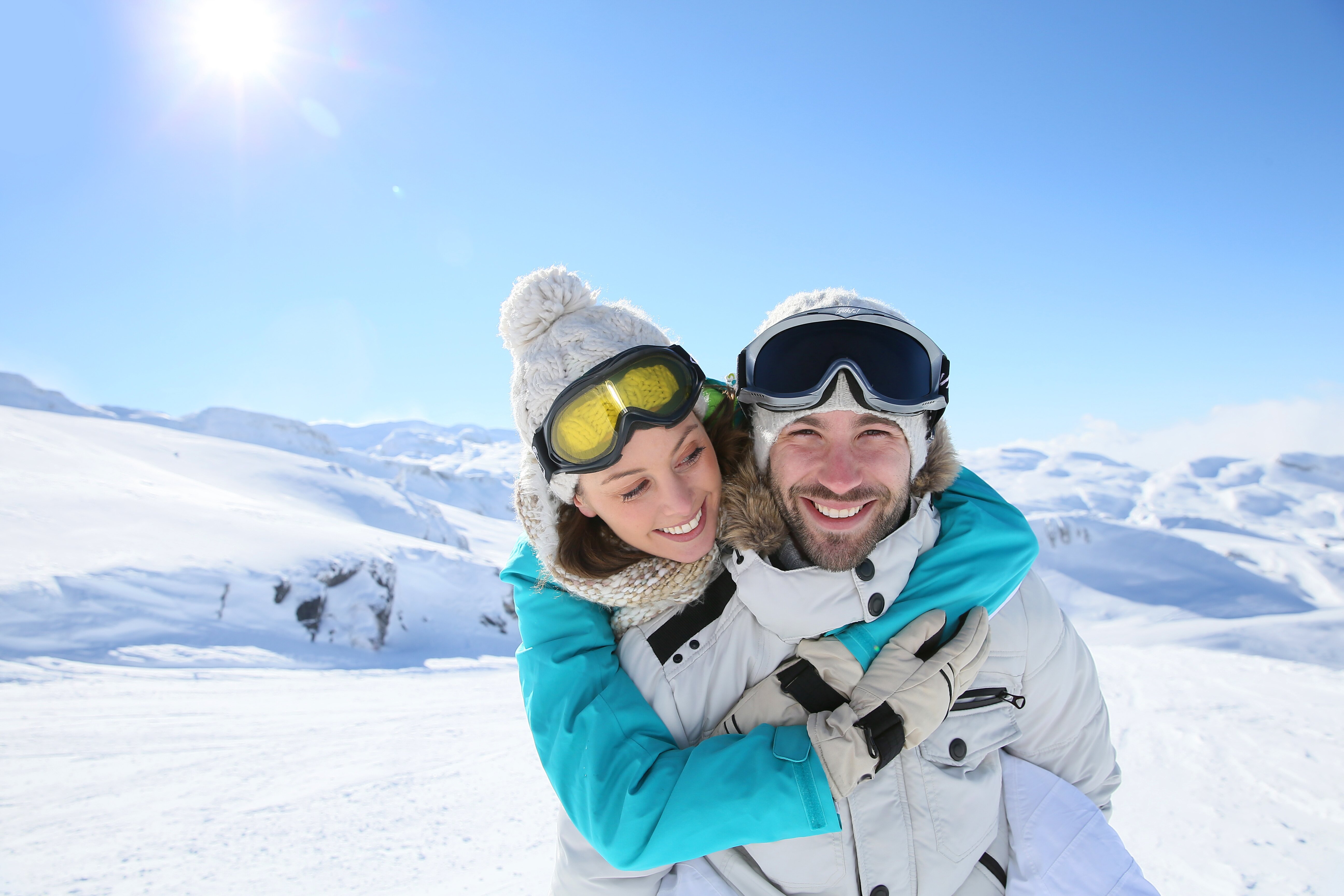_w=888_h=334_pjpg.jpg?v=202403110927)
Book early for January 2026 holidays and save £100 pp. Offer applies to all our chalets and Bear Lodge in Arc 1950 where you will enjoy 7 nights catering and the perfect ski in - ski out location.
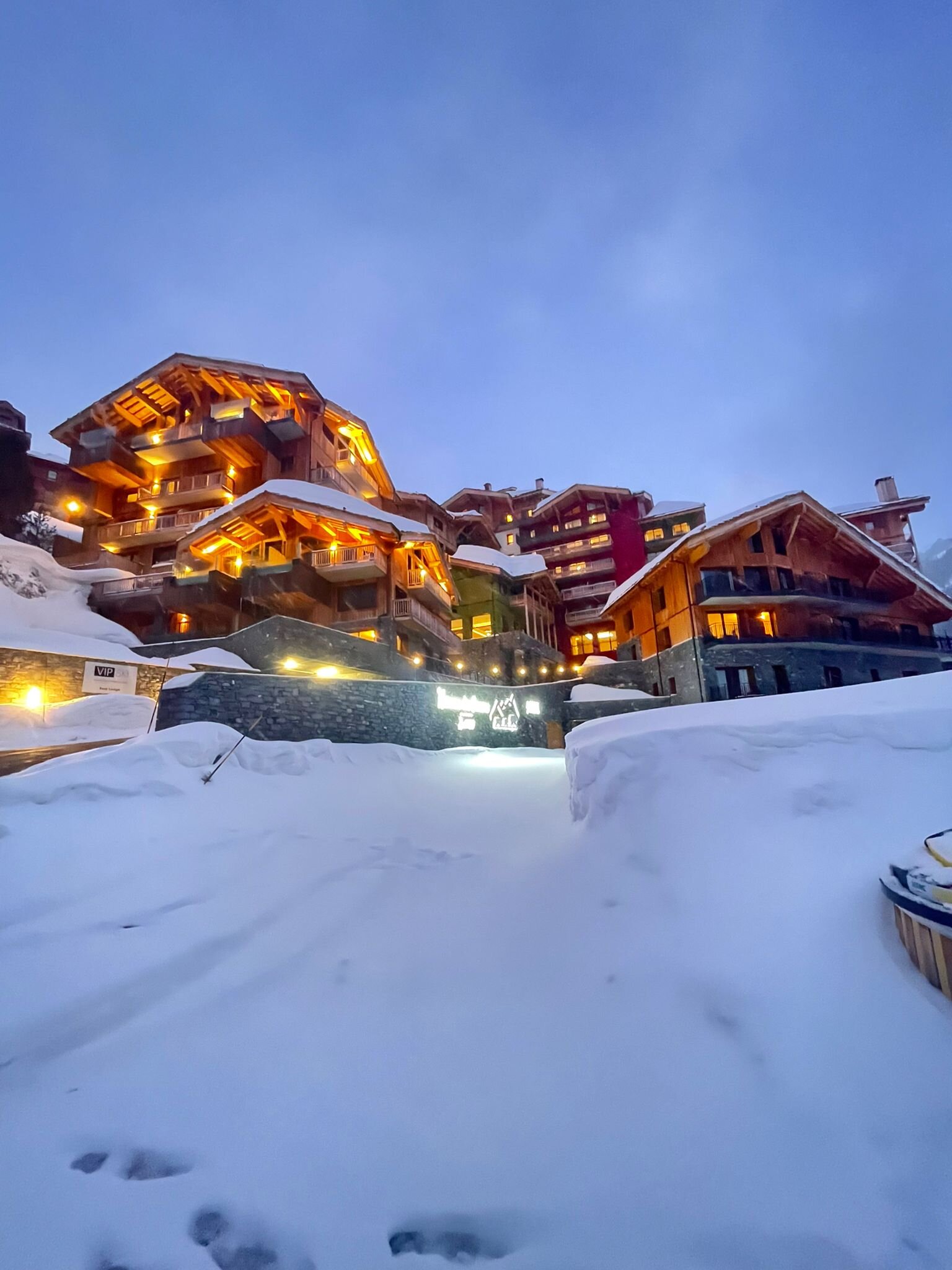_w=888_h=334_pjpg.jpg?v=202403110927)
February offers a lively, vibrant atmosphere on the slopes, making it a great time for couples, groups, and families to ski together.
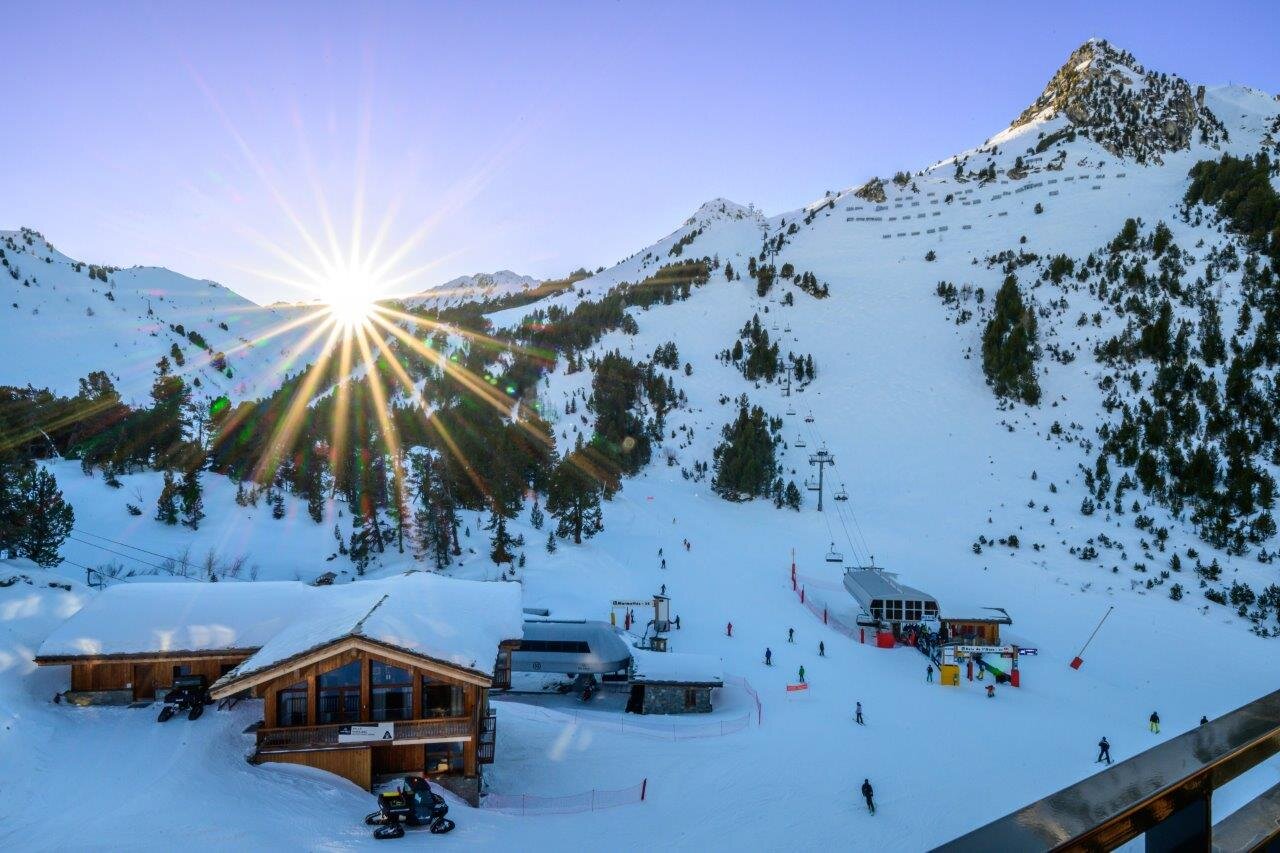_w=888_h=334_pjpg.jpg?v=202403110927)
Suite Natsu boasts a spacious open plan living / dining area is complete with a fireplace, balcony and spectacular views. As part of Bear Lodge Natsu combines the privacy of a chalet and the luxurious amenities of a larger hotel.
_w=888_h=334_pjpg.jpg?v=202403110927)
February half-term with VIP SKI offers family-friendly ski holidays, with private or shared chalets, great snow, and longer days.
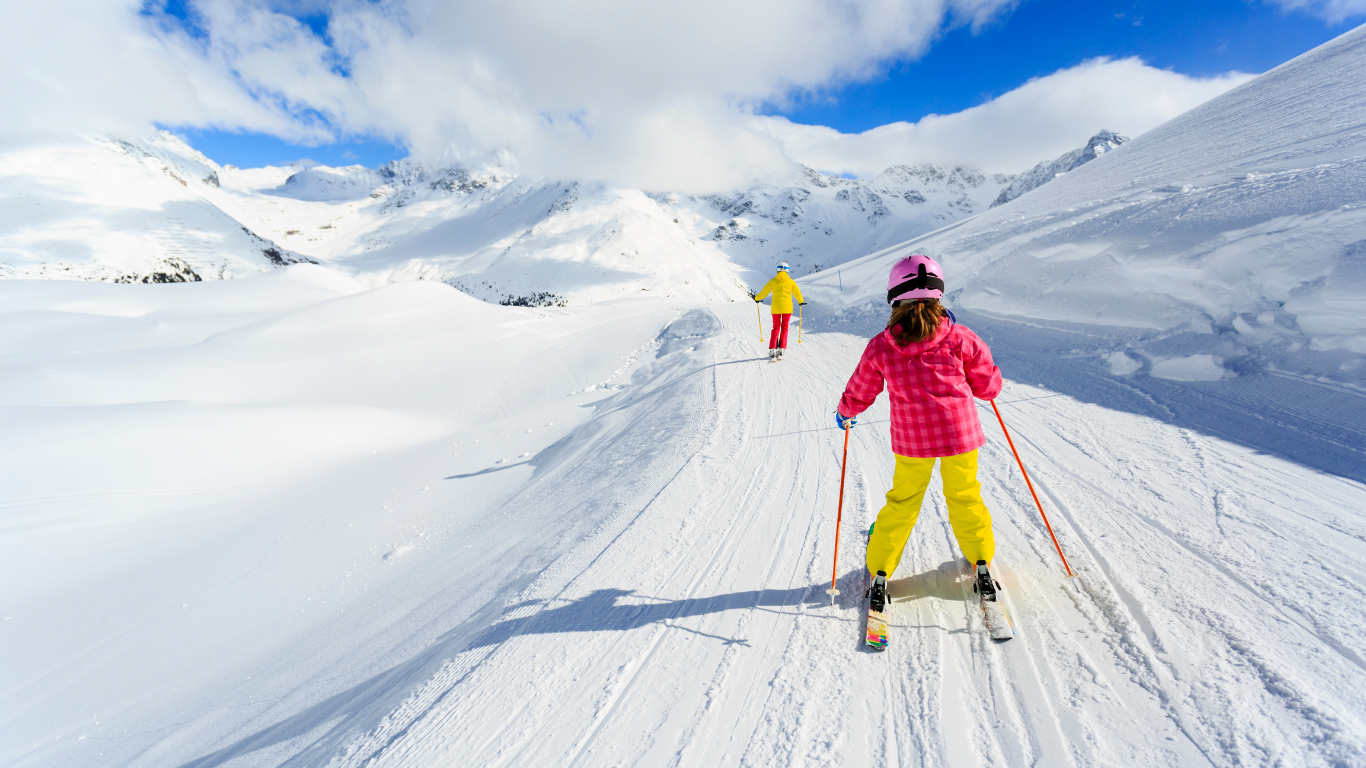_w=888_h=334.png?v=202403110927)
Chalet Kobuk boasts a ski-out location, a spacious lounge, cosy mezzanine, four en-suite bedrooms (one with bunk beds), and a sauna-hammam.
_w=888_h=334_pjpg.jpg?v=202403110927)
March offers longer days and settled weather, the perfect conditions for enjoying extra runs and après-ski drinks in the sunshine.
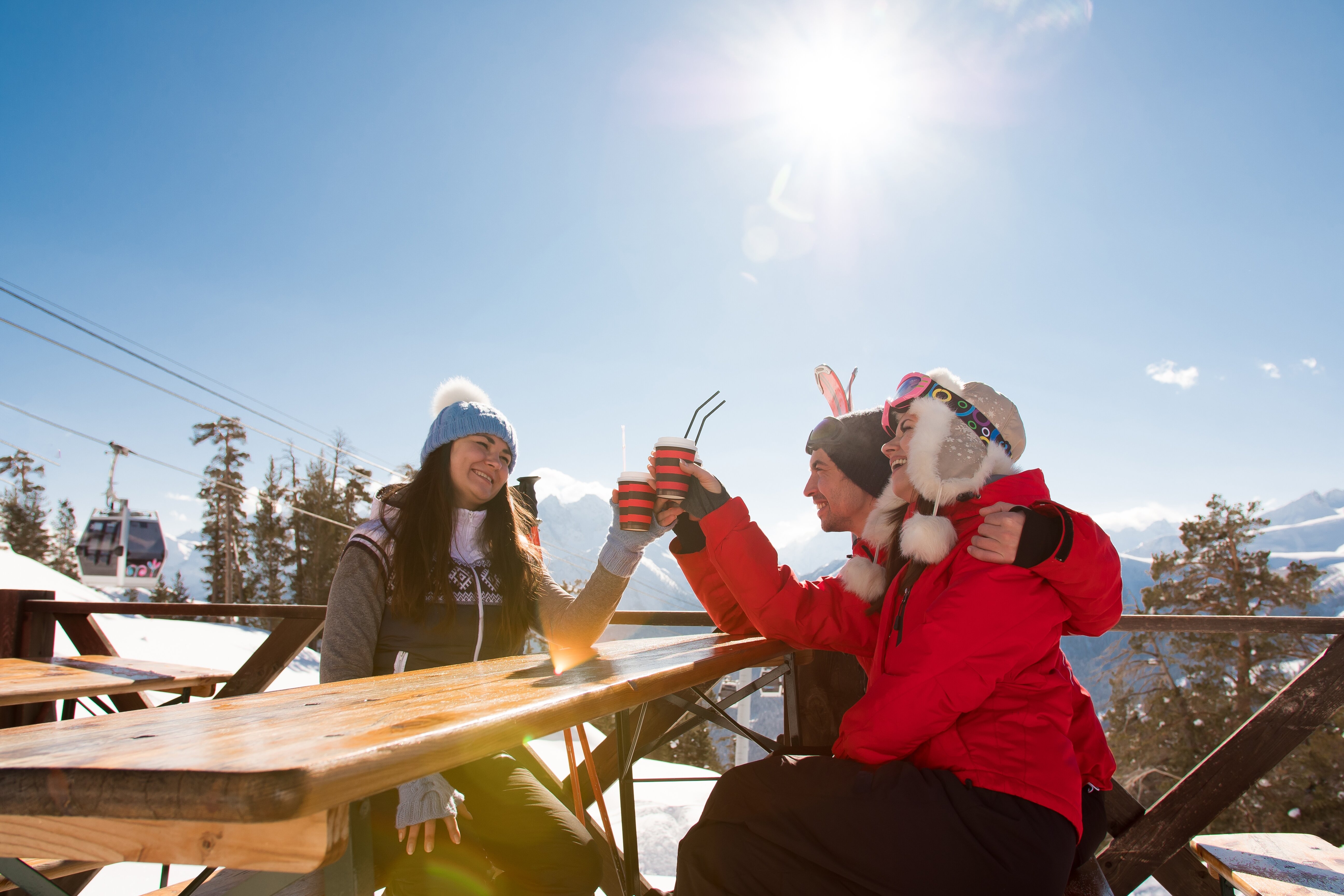_w=888_h=334_pjpg.jpg?v=202403110927)
No. 5 Aspen House is a stylish, independent apartment for 6 guests. Located on the second floor, it offers an open-plan living/dining area, modern fireplace, Wi-Fi, balcony, and a dedicated chalet host for a perfect stay.
_w=888_h=334_pjpg.jpg?v=202403110927)
April skiing offers quieter slopes, longer days, milder temperatures, sunshine, and great snow, perfect for a relaxed, affordable holiday.
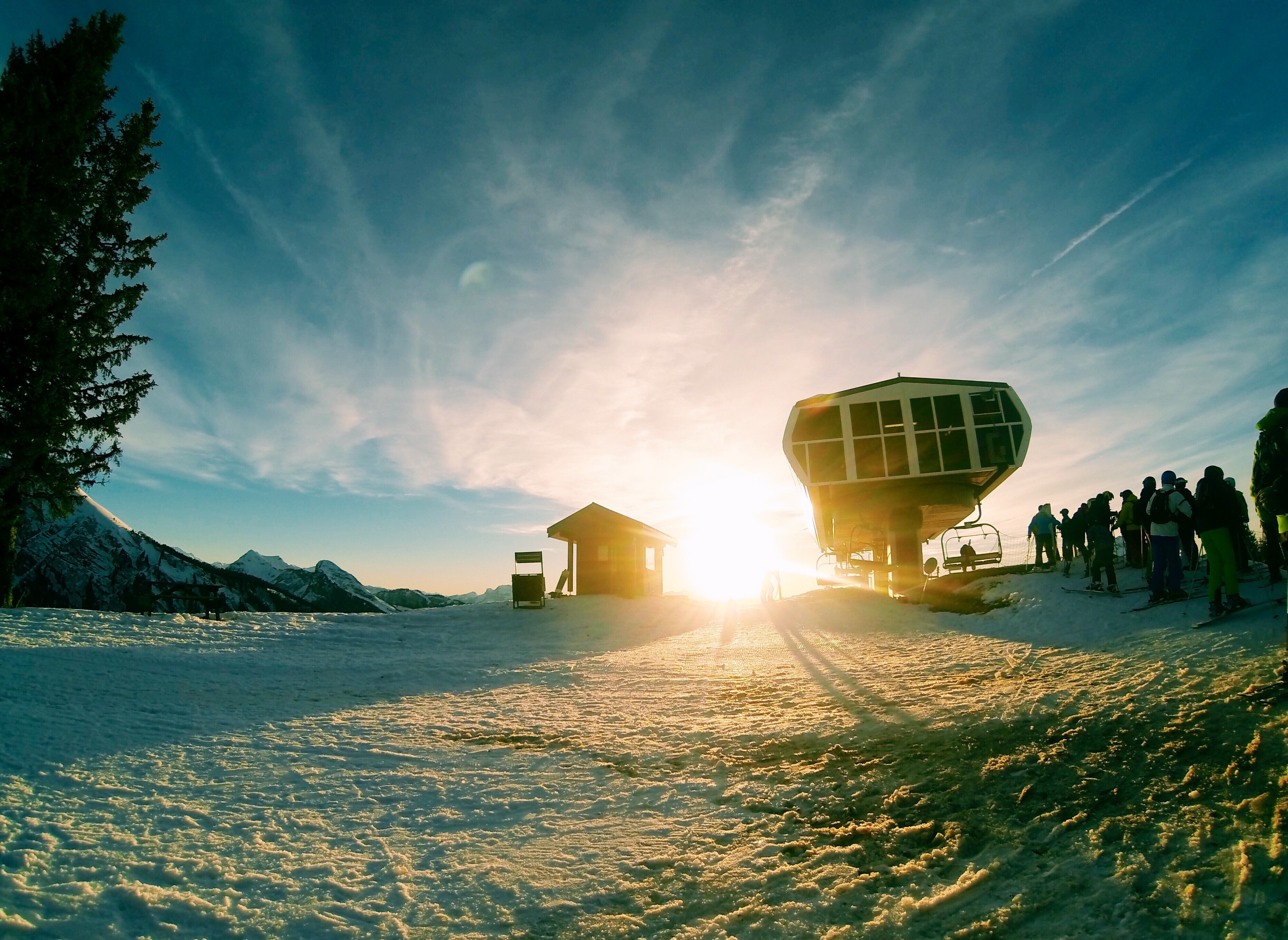_w=888_h=334_pjpg.jpg?v=202403110927)
No 1 Bellevarde offers a vaulted sitting room with an open fireplace, floor-to-ceiling windows, and cosy sofas to enjoy stunning views. After skiing, unwind in the terrace hot tub with beer and bubbles.
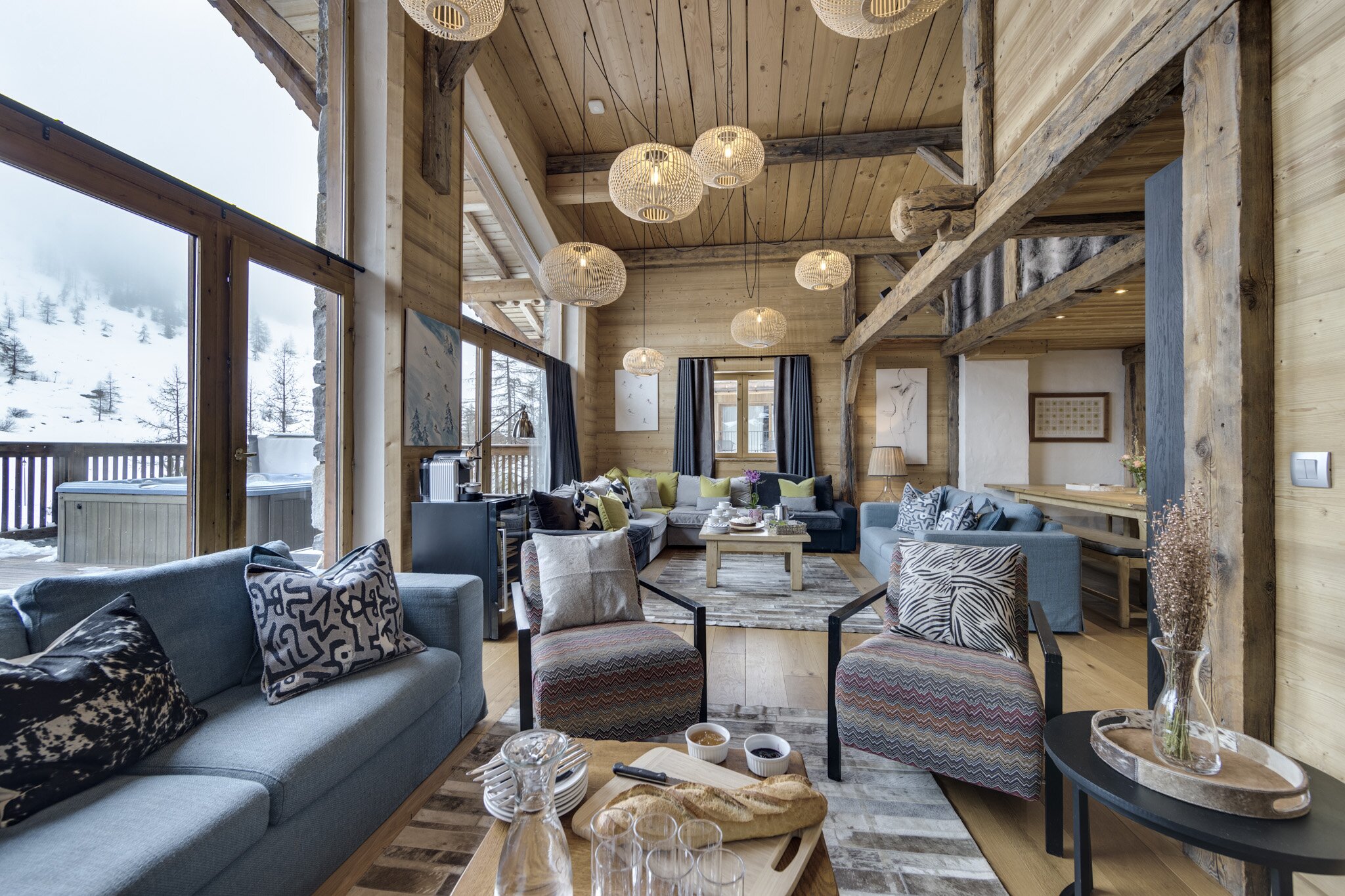_w=888_h=334_pjpg.jpg?v=202403110927)
Experience the magic of Easter in the Alps, where sunny slopes, longer days, and exceptional service create an unforgettable holiday.
_w=888_h=334_pjpg.jpg?v=202403110927)
The Manoir is a very unique chalet featuring two lounges, cinema room with a pool table, large dining room and an outdoor hot tub with breath-taking views.
_w=888_h=334_pjpg.jpg?v=202403110927)
If you're looking for a last-minute luxury ski holiday, we do occasionally have availability in our chalets and hotel, even just days before you're looking to ski.
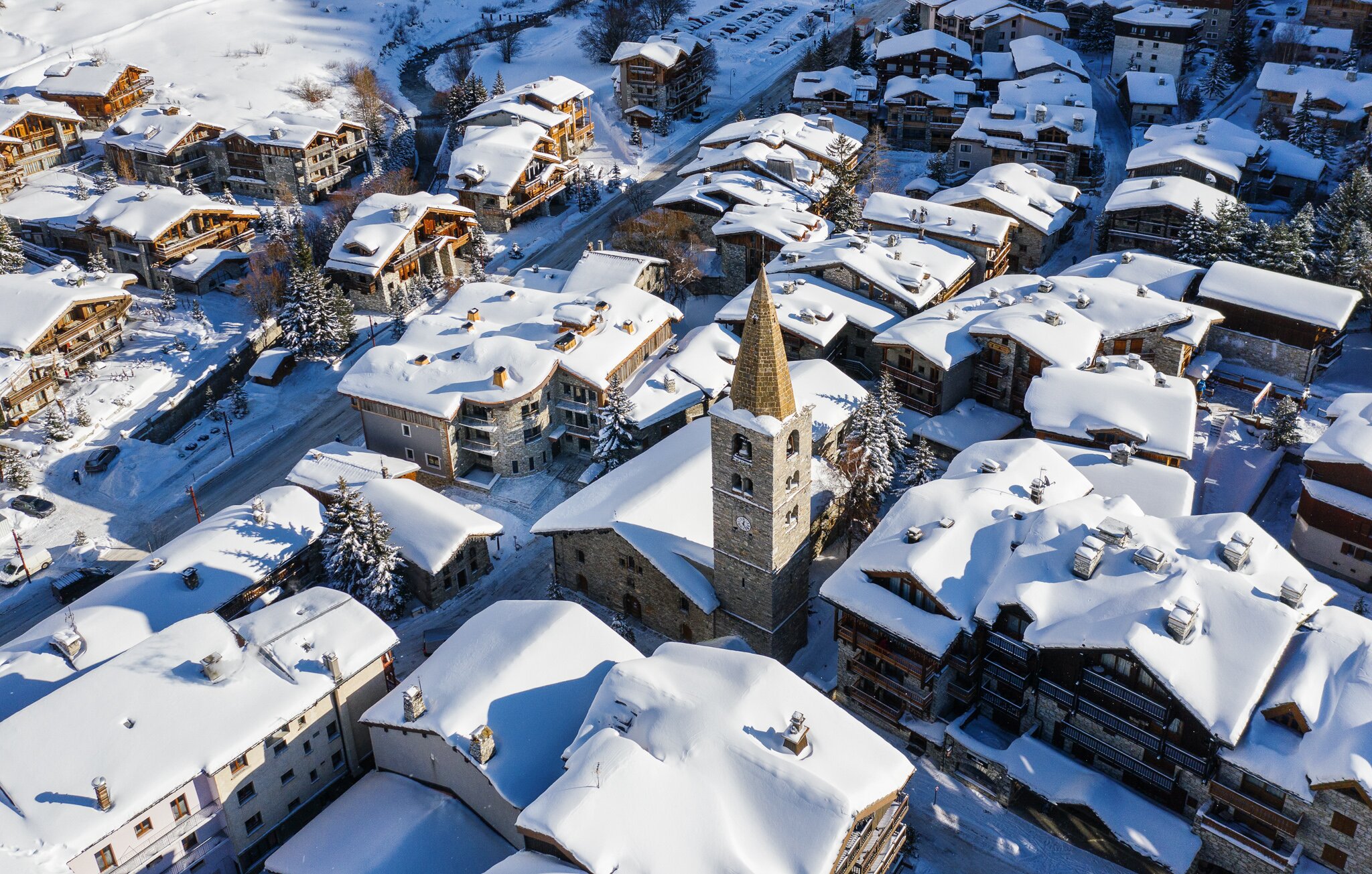_w=888_h=334_pjpg.jpg?v=202403110927)
Booking early secures your dream chalet at this season’s price, guaranteeing the best deal for next season’s ski holiday.
_w=888_h=334_pjpg.jpg?v=202403110927)
Our tailored family ski packages make it easy to plan a luxury holiday where everyone, from toddlers to teens, can enjoy the slopes and the snow, leaving you to relax and create unforgettable memories together.
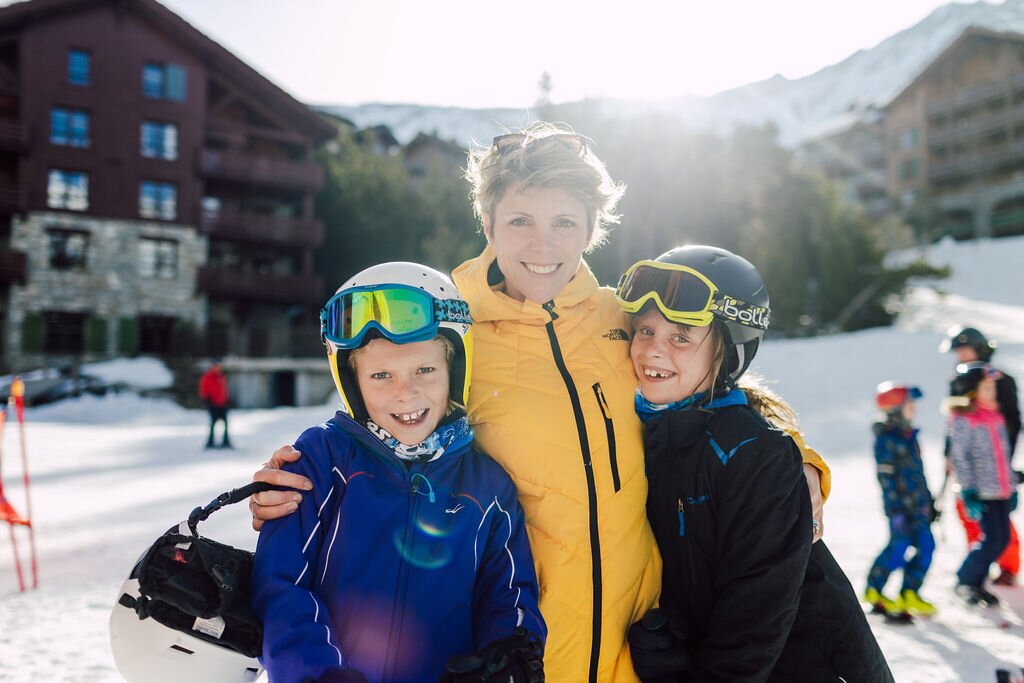_w=888_h=764_pjpg.jpg?v=202403110927)
At VIP SKI, we understand that great childcare is key to a successful family ski holiday. With our top-tier childcare, you can relax and enjoy your ski holiday, knowing your little ones are in safe and capable hands.
_w=888_h=764_pjpg.jpg?v=202403110927)
Bear Cubs is our dedicated childcare service for children aged 4 months to 7 years at Bear Lodge, Les Arcs, and Altitude Lodge, Les Gets. With fully-equipped playrooms and a range of fun activities like arts and crafts, treasure hunts, and snowball fights, your little ones will have a blast indoors and out.
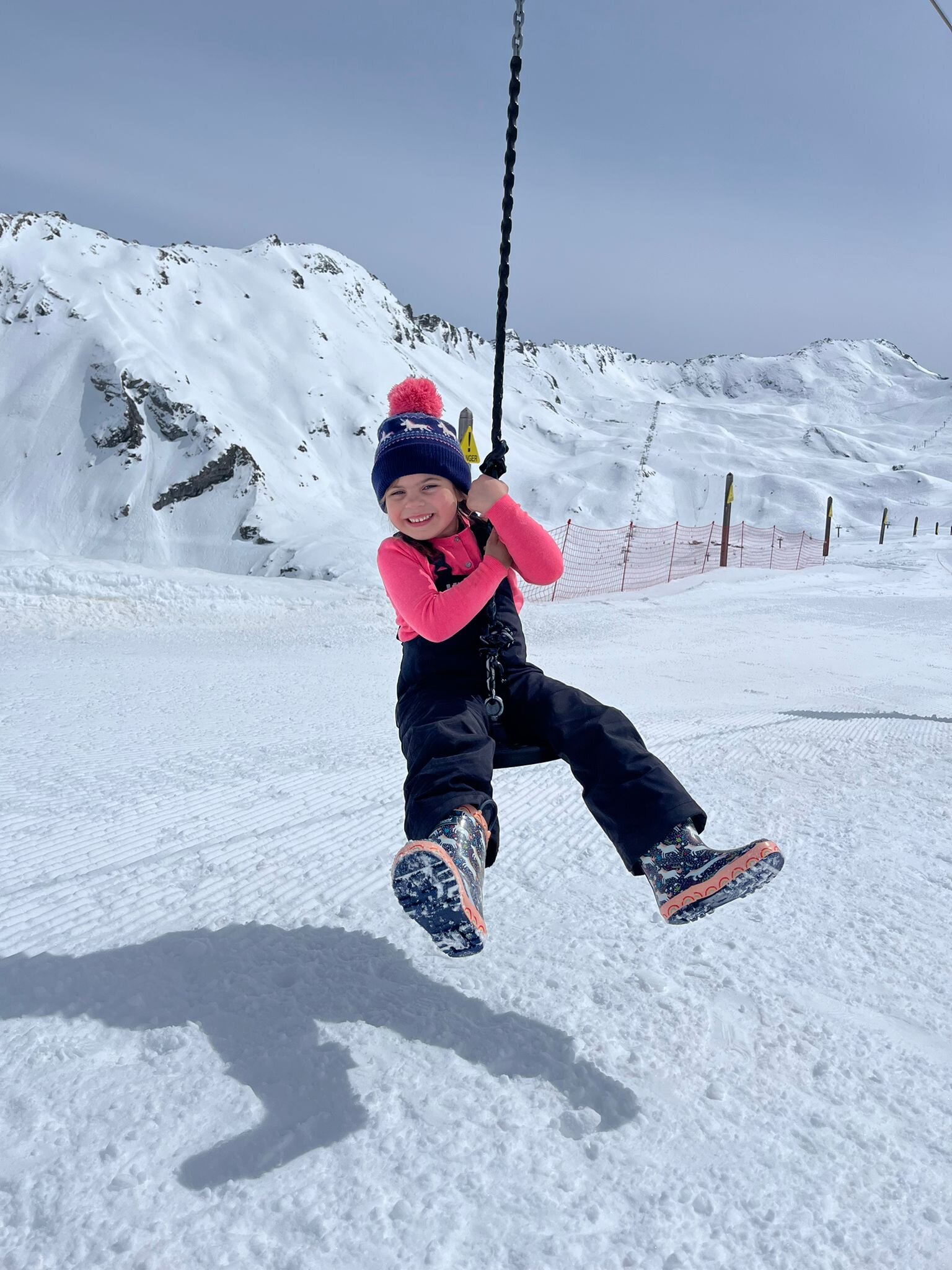_w=888_h=764_pjpg.jpg?v=202403110927)
Our flexible, personalised childcare lets you enjoy the slopes while qualified and enthusiastic nannies care for your little ones, ensuring a relaxing holiday for you. Available in all our resorts and chalets.
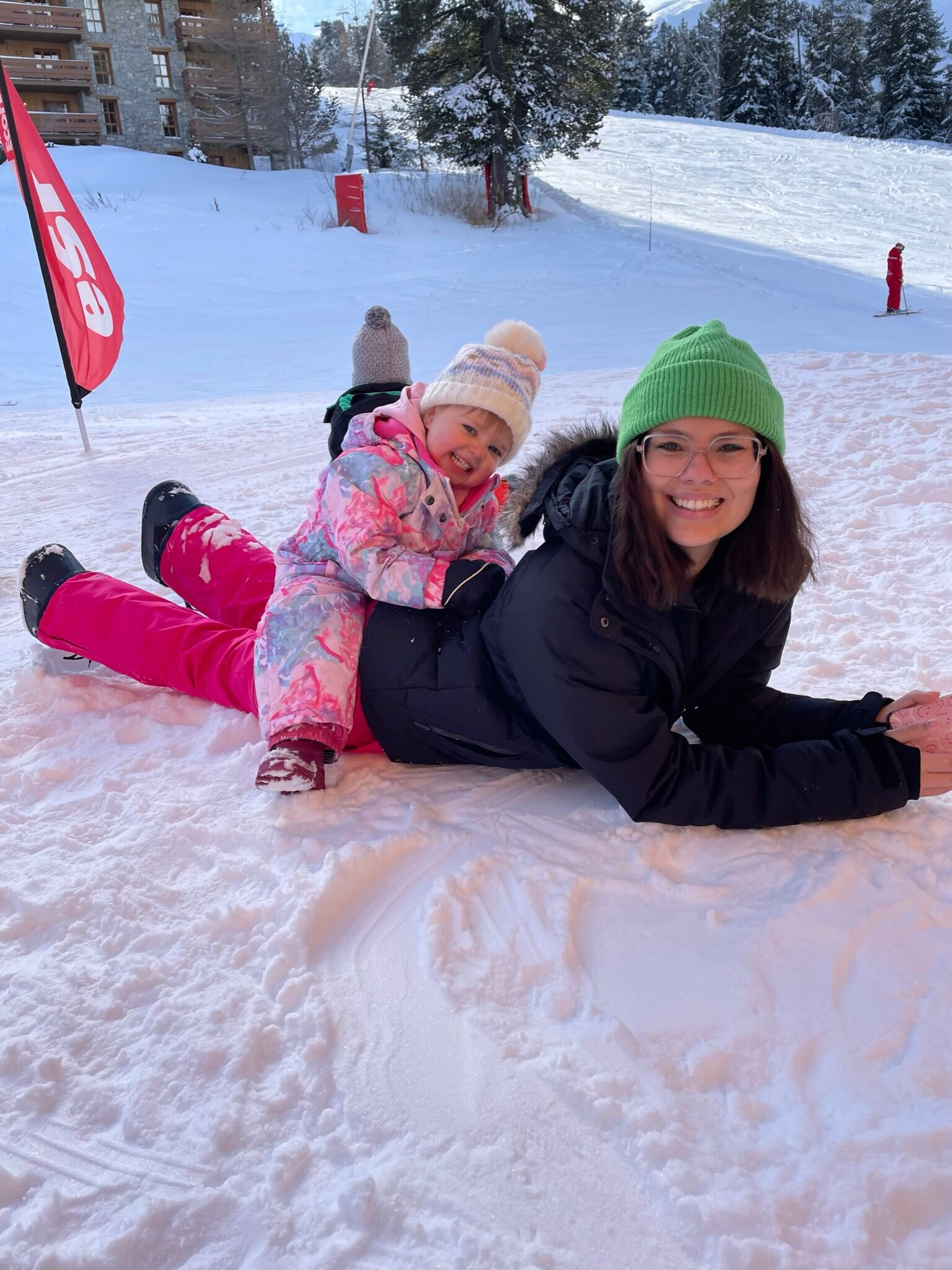_w=888_h=764_pjpg.jpg?v=202403110927)
Planning a family ski holiday takes some preparation. To ensure their comfort and happiness, we’ve gathered some helpful tips on meals, gear, and essentials to ensure a fantastic, stress-free ski trip.
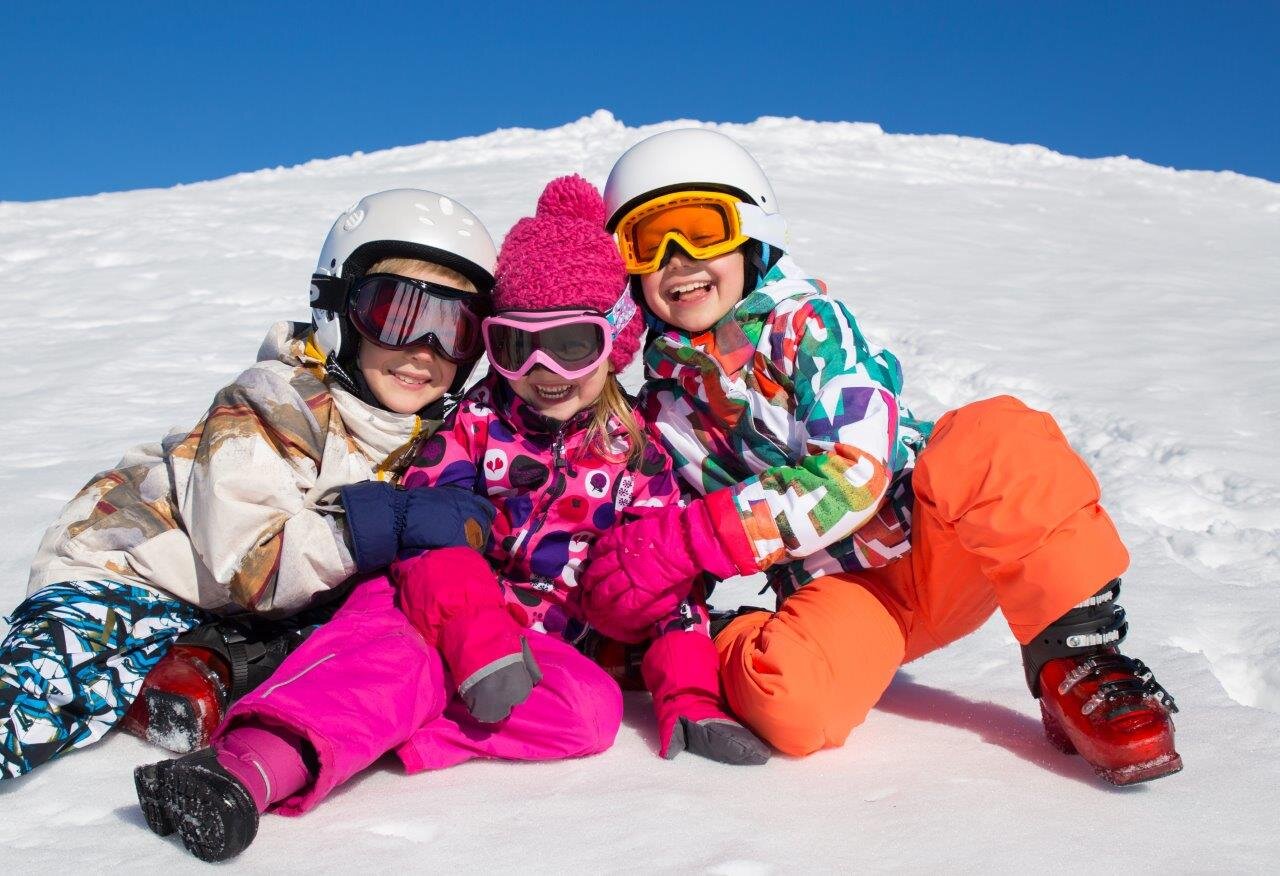_w=888_h=764_pjpg.jpg?v=202403110927)
We welcome families on all dates, with exclusive chalets for private bookings or room-by-room options at Bear Lodge. Enjoy school holiday availability or enquire about flexible dates. Kids in extra beds? They ski at half price!
_w=888_h=764_pjpg.jpg?v=202403110927)
_w=107_h=125_pjpg.jpg?v=202403110927)
POSTED:
_w=672_h=445.png?v=202403110927)
We all dream of skiing in blue skies and sunshine but when temperatures plummet or the weather changes, it can be hard to stay warm. Fear not! Here are our top tips for staying comfortably warm when you hit the slopes.
The key to staying warm in winter is layering. Start with a moisture-wicking base layer to keep sweat away from your skin. We love merino thermals as they are odour-resistant (you only need a couple of sets for a week’s holiday). Merino base layers vary in price from around £30 at Decathlon, to £80 from our friends at Snow Finel. Then add an insulating fleece, merino or down layer for warmth and finish with a waterproof and windproof outer layer to shield against the elements. This trio ensures you're ready for whatever winter throws your way.
Invest in an insulated layer: Your outer layer should be insulated with high-quality materials like down or synthetic fibres. These materials trap heat effectively while remaining breathable, preventing you from overheating (though you will notice the warmth when you are walking to the ski lift)!
_w=355_h=300.png?v=202403110927)
Fingers and toes are often the first victims of the cold. Opt for insulated, waterproof gloves specially designed for skiing or mittens which will help your hands stay warmer for longer. You could even invest in some rechargeable USB hand warmers to slip into your mittens when you’re on the ski lift. For ultimate comfort, if you suffer from cold feet when you're skiing, electric rechargeable heated socks or foot beds are a game changer and would make a great gift for a skier.
_w=355_h=300.png?v=202403110927)
Most skiers and snowboarders wear helmets which help to keep their heads warm but a well-insulated hat or balaclava that can be worn underneath a helmet makes a big difference. A buff or neck gaiter will protect your face from windburn. Goggles will also help to keep your face warm and protect your eyes from the sun's reflective glare on the snow and the cold. Although it may not seem possible, you can get sunburn while skiing so don’t forget your SPF even on snowy days.
In extreme cold, it's crucial to recognise when your body needs a break. Head to a cosy restaurant or café to allow your body to recover, and warm up indoors. To prevent frostnip, ask your ski friends to keep an eye out for white patches on each other's faces. Act quickly if you start to feel pins and needles, numbness or throbbing in your fingers, toes, nose or ears.
_w=355_h=300.png?v=202403110927)
Cold weather can quickly lead to dehydration. Hydrate well before hitting the slopes and carry a water bottle to sip on throughout the day. Take some snacks to keep your energy levels up, as your body burns more calories in the cold. Save the vin chaud for après-ski and choose a non-alcoholic option whilst you’re skiing!
Staying active generates body heat. Take breaks but try to keep moving to maintain your body'’s internal warmth. Quick, light exercises during breaks can help keep the blood flowing.
Plan your skiing during the warmer parts of the day. Late mornings and early afternoons usually offer more favourable conditions than early mornings or late evenings.
_w=355_h=300.png?v=202403110927)
With the right gear, mindset and planning, you can enjoy skiing even in the coldest weather. Often some of the best snow conditions are to be found in December, January and February. If you prefer warmer temperatures and longer lunches soaking up the sun, then a ski holiday in March or April could be just the ticket.
Now that you know the basics of your ski gear, protection and maintaining body heat, we can assure you you'll be extra toasty when hitting the slopes in winter. Make sure to stay safe and stay warm on your skiing adventures!
Need a packing list for your ski holiday? Take a look at our What to wear skiing blog.
_w=280_h=265_pjpg.jpg?v=202403110927)
Ski holidays are a fantastic way to enjoy the winter season, and if you’re a dog owner, the thought of bringing your furry friend along can be incredibly appealing. However, hitting the slopes with a canine... Read More
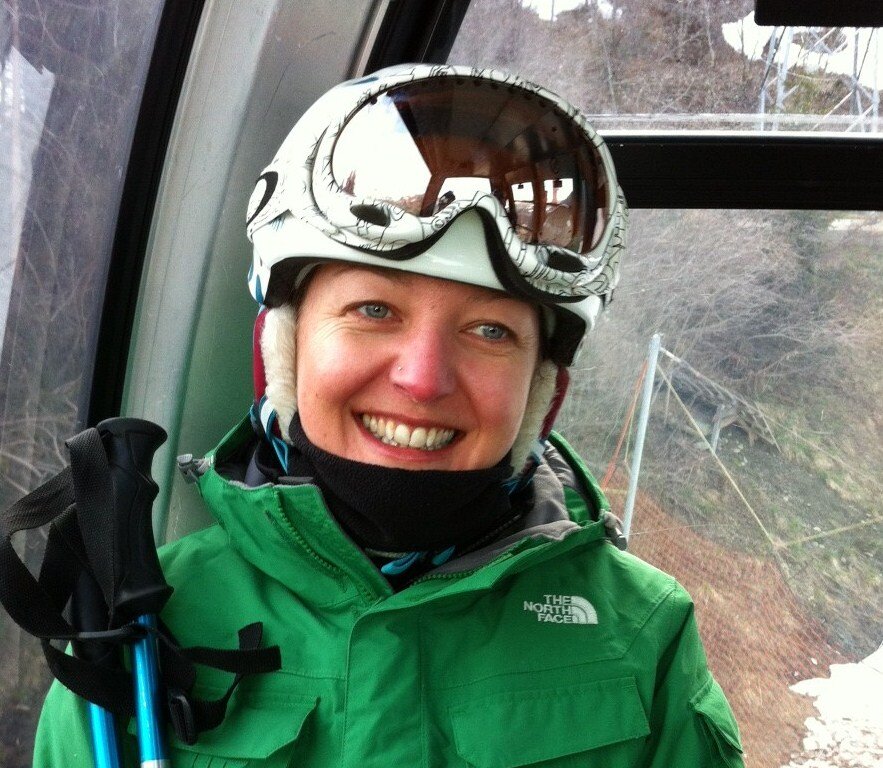_w=50_h=50_pjpg.jpg?v=202403110927)
_w=280_h=265_pjpg.jpg?v=202403110927)
Skiing remains one of the world’s most popular winter sports, attracting millions of enthusiasts each year. Once considered a luxury pursuit for the elite, it has become far more accessible thanks to... Read More
_w=50_h=50_pjpg.jpg?v=202403110927)
_w=280_h=265_pjpg.jpg?v=202403110927)
Staying warm and comfortable on the slopes is essential for making the most of your ski holiday, and the key to this is effective layering . But what makes the perfect layering system? Louise Waldron, founder... Read More
_w=50_h=50_pjpg.jpg?v=202403110927)
Please contact Louise, Jess, Maxine, Cam or Millie if you have any questions.
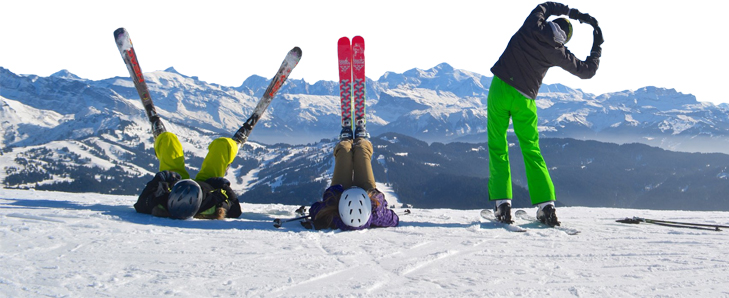
Sign up today to stay up to date with our latest news and offers